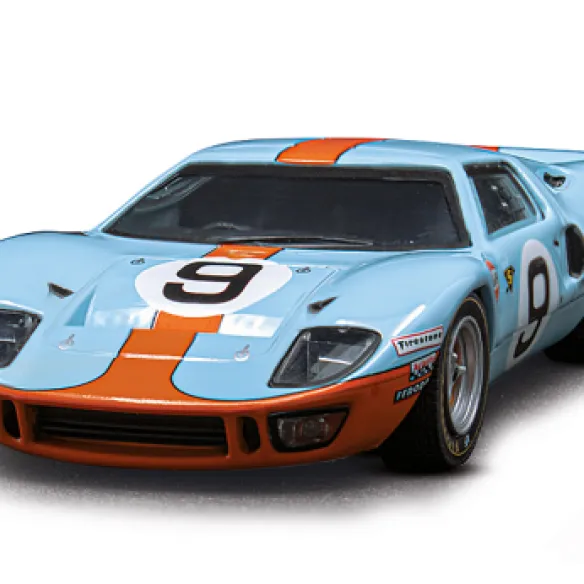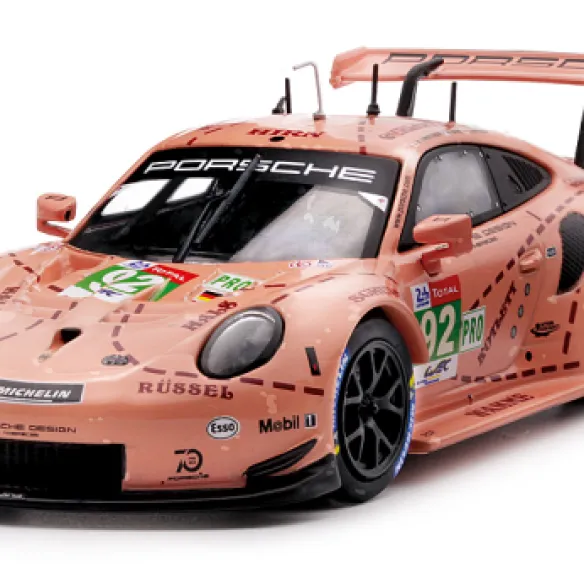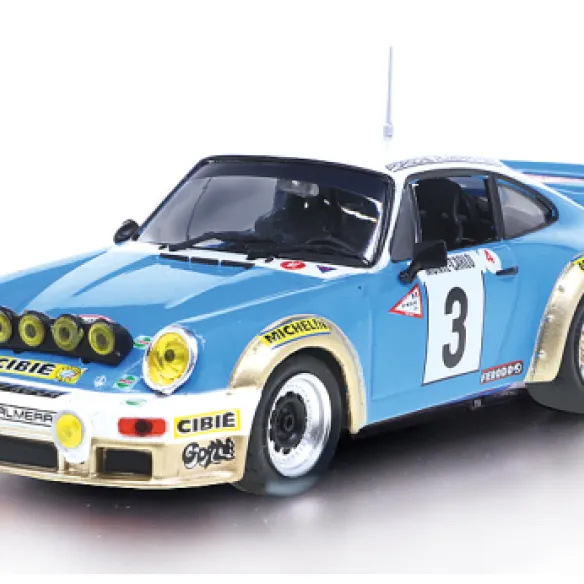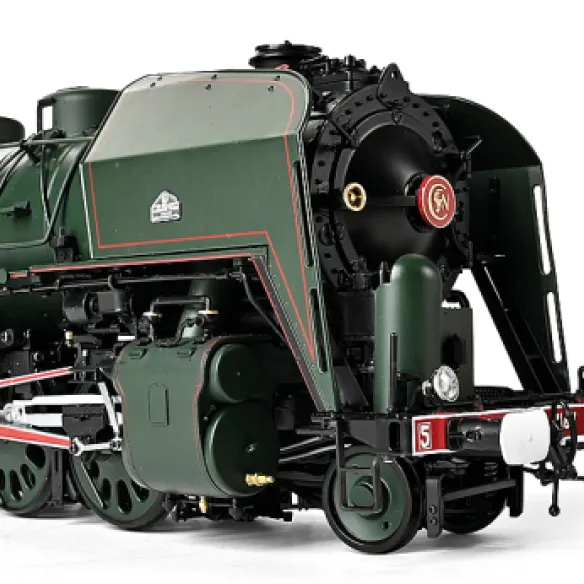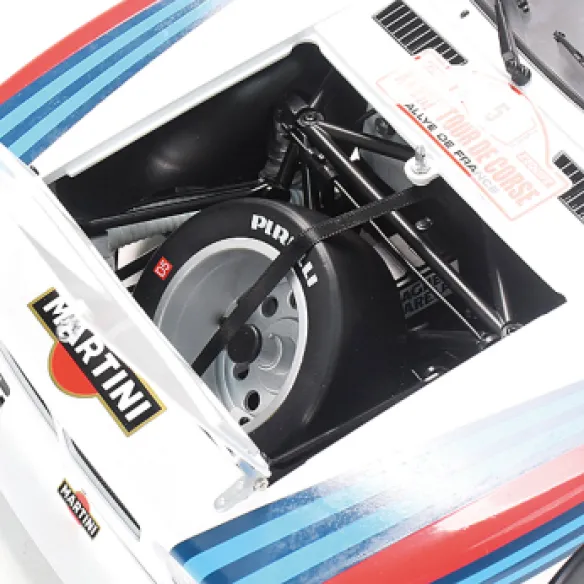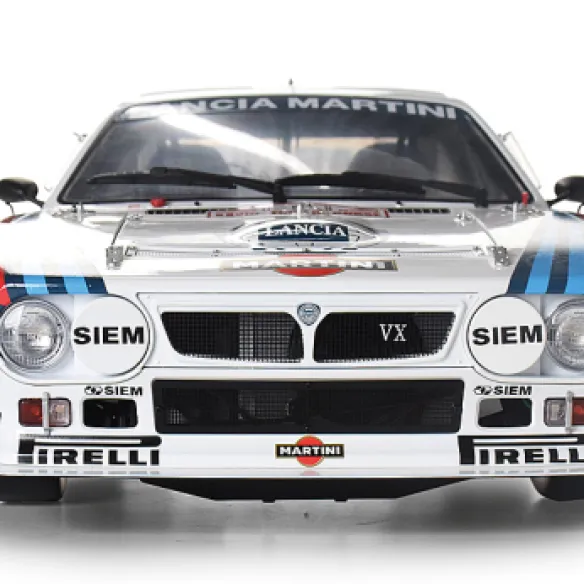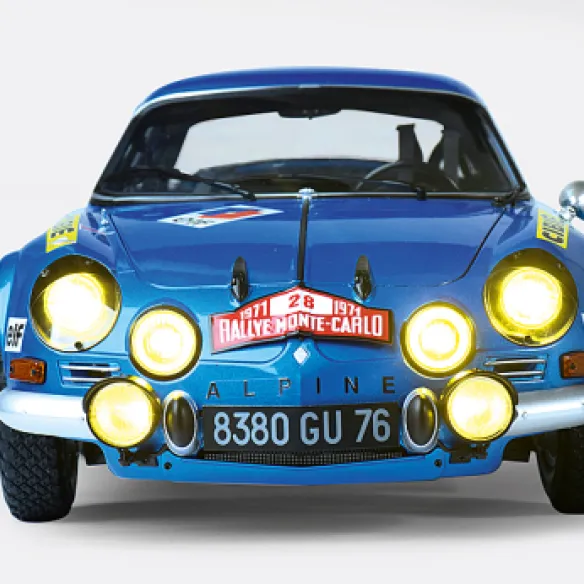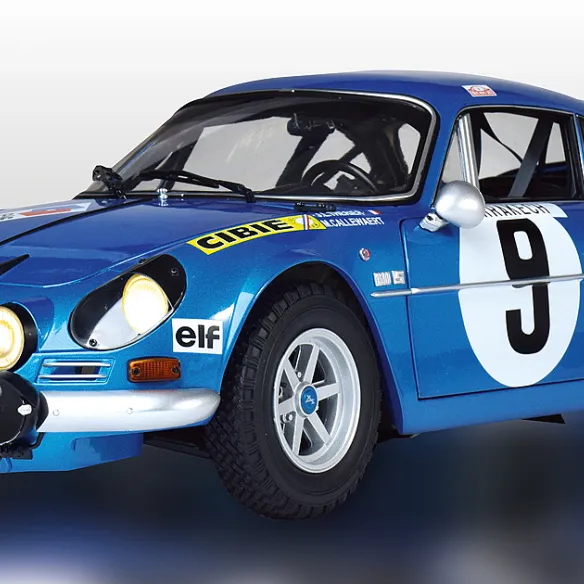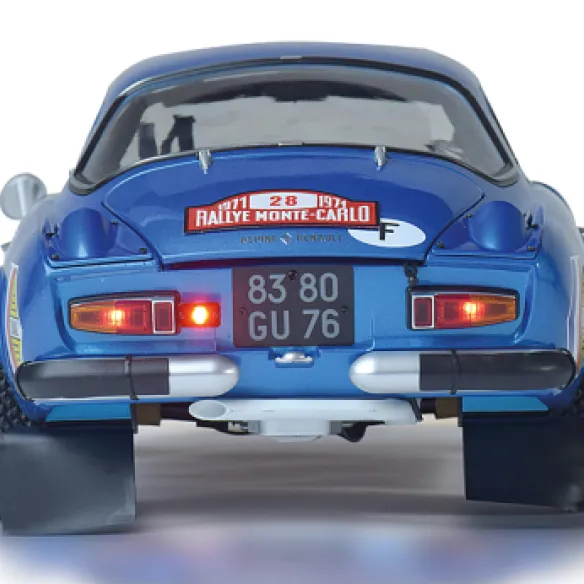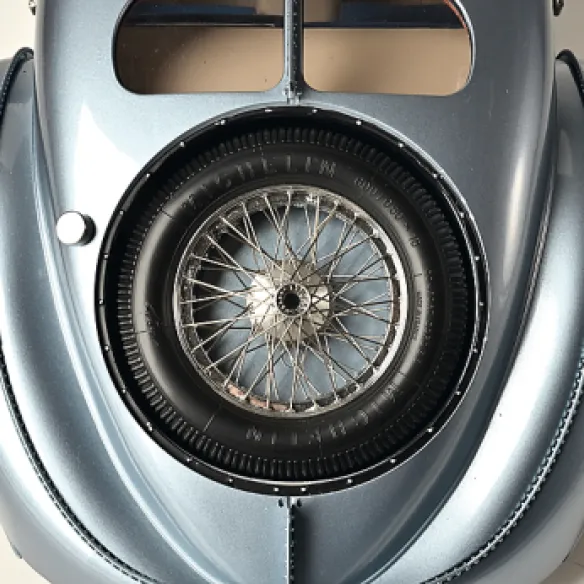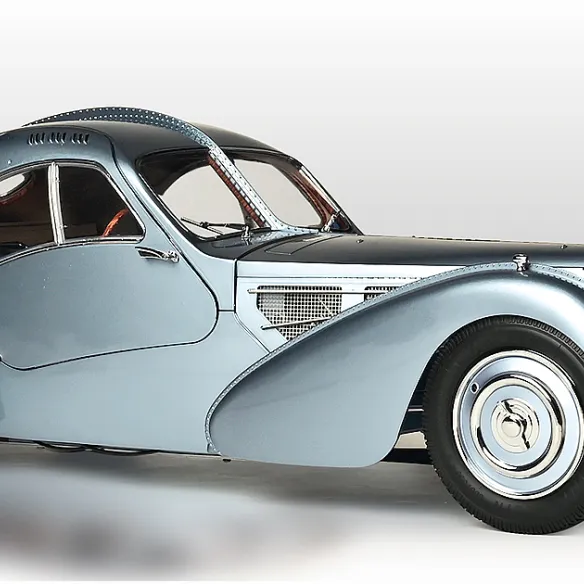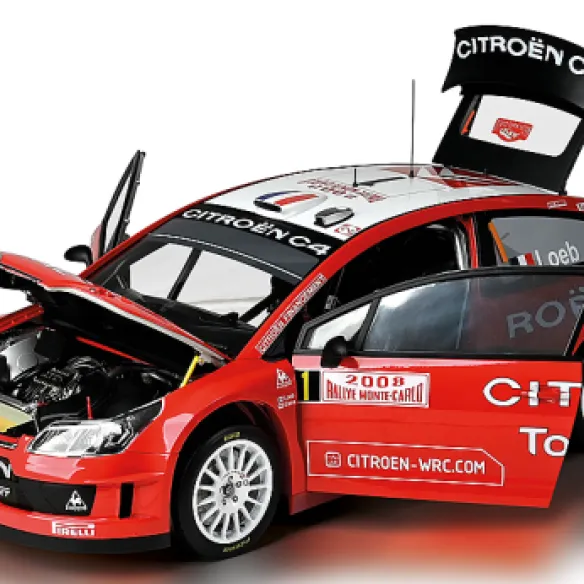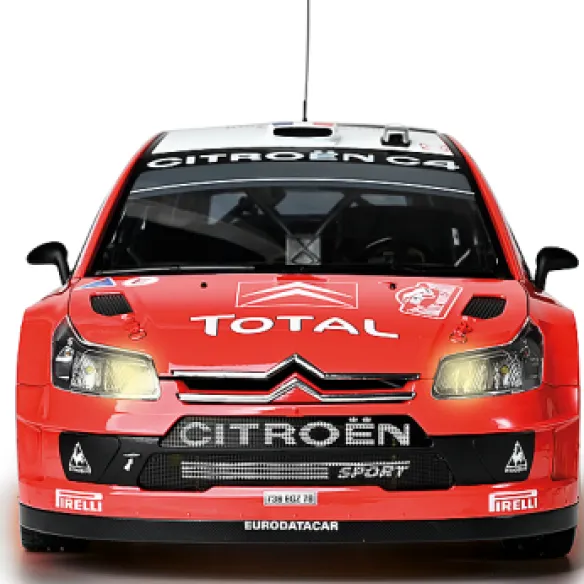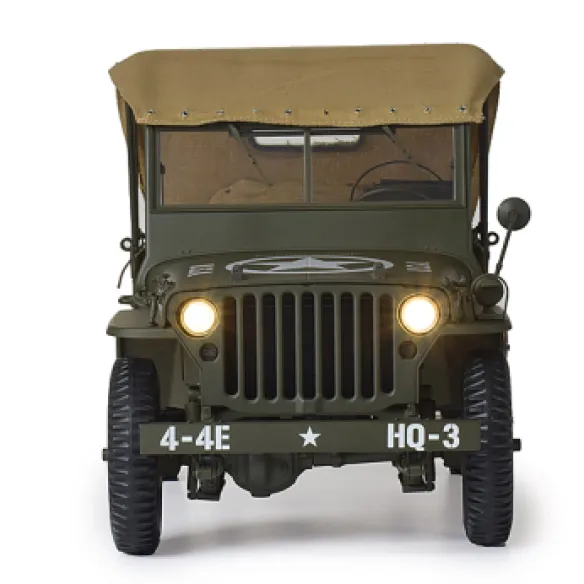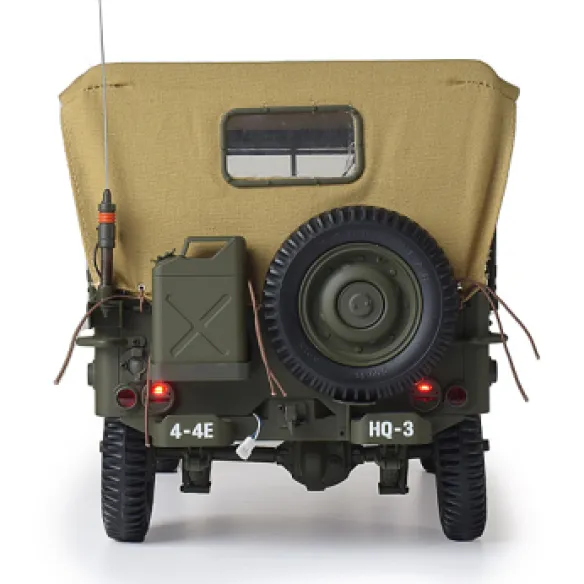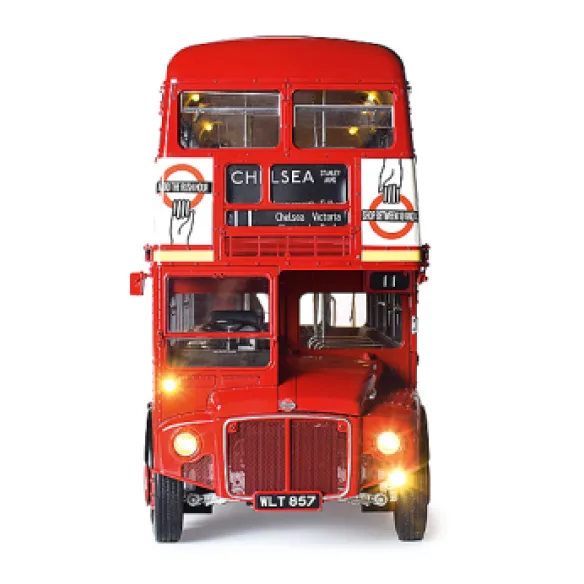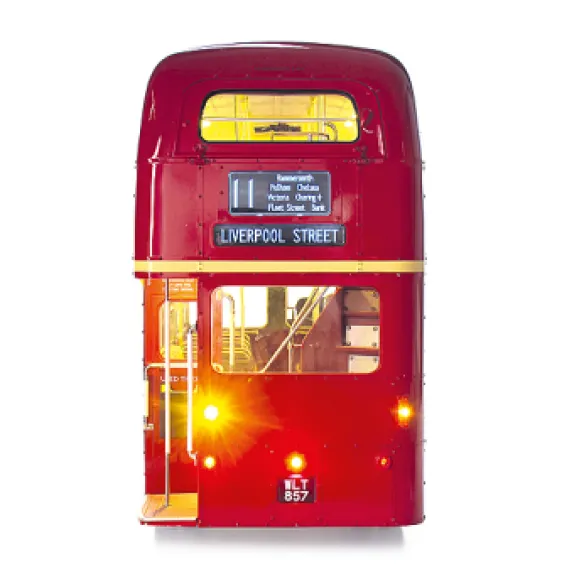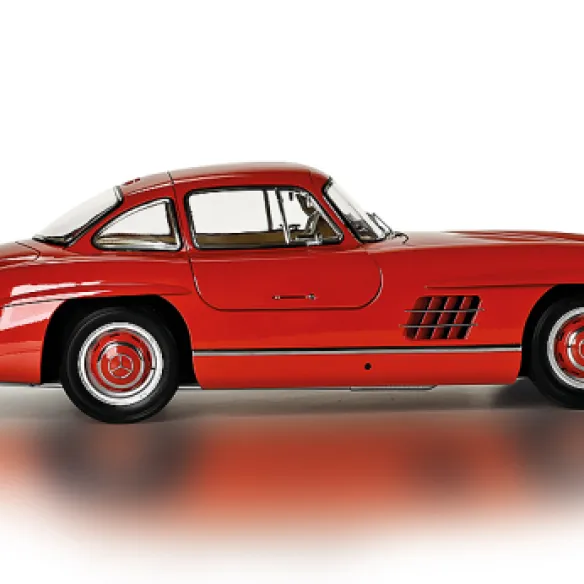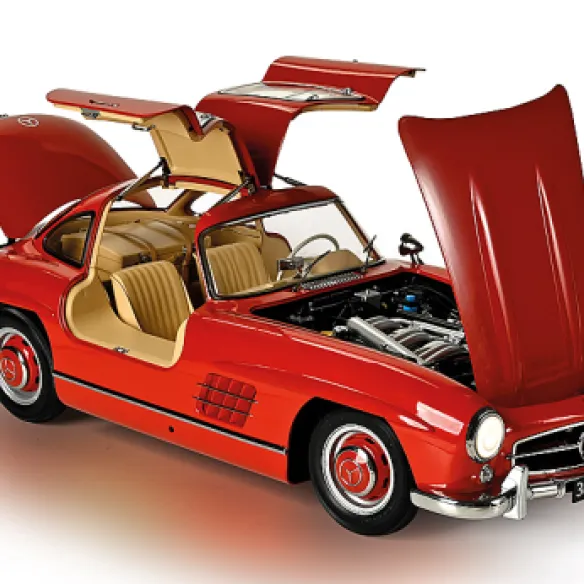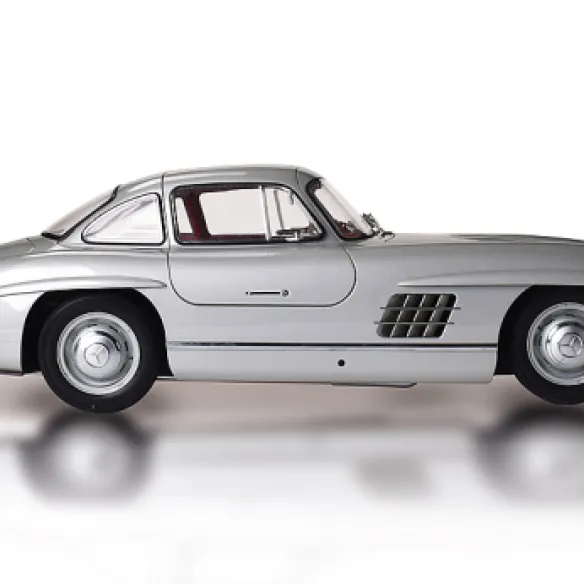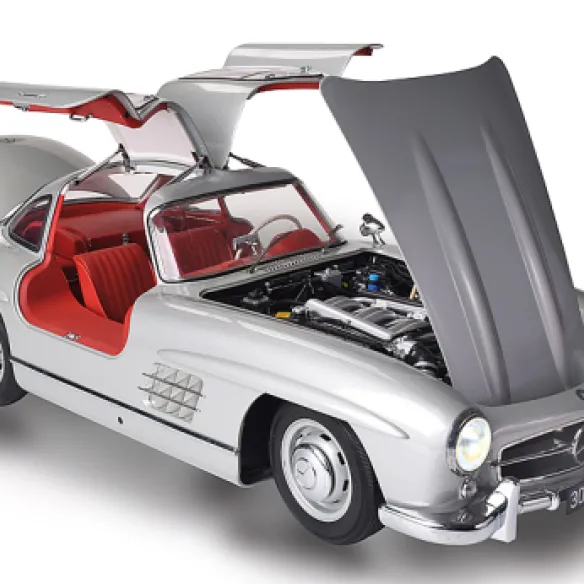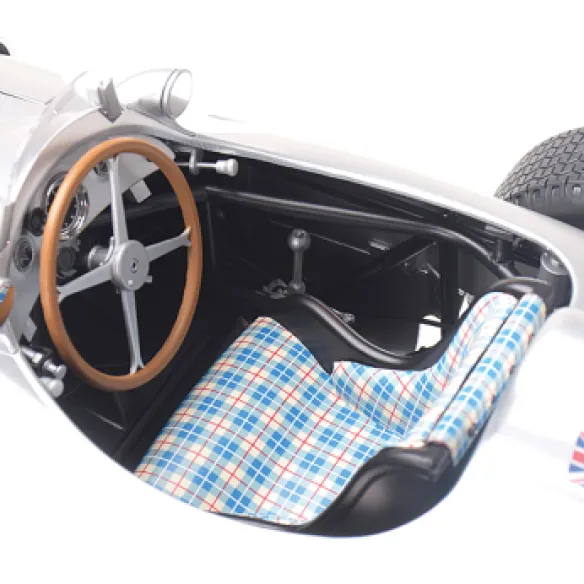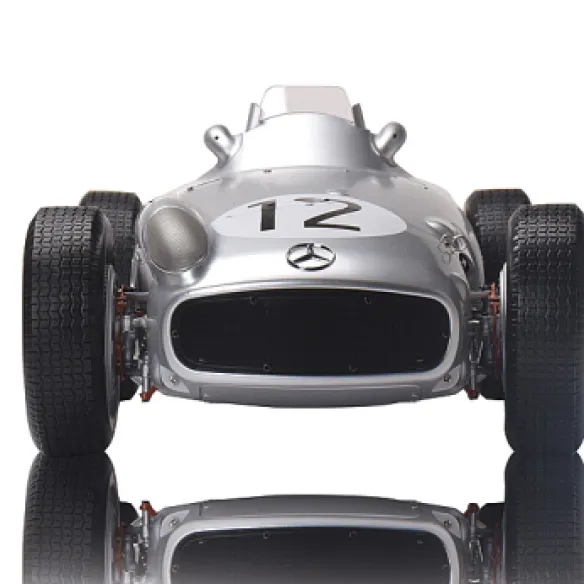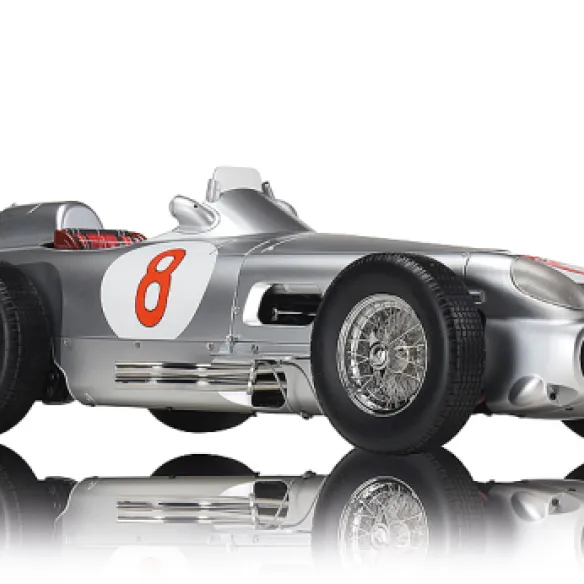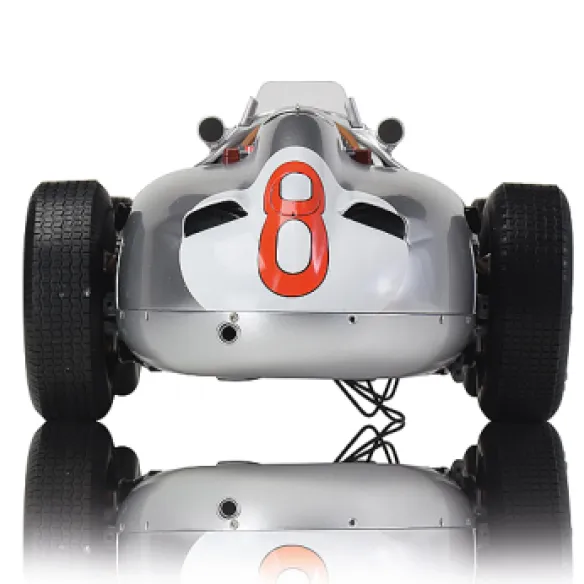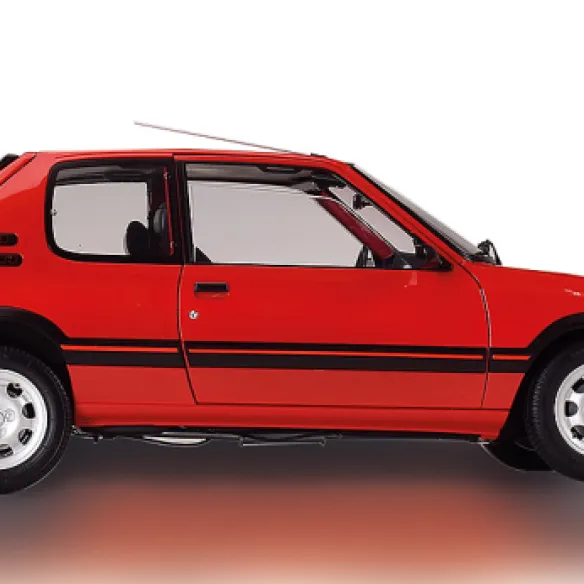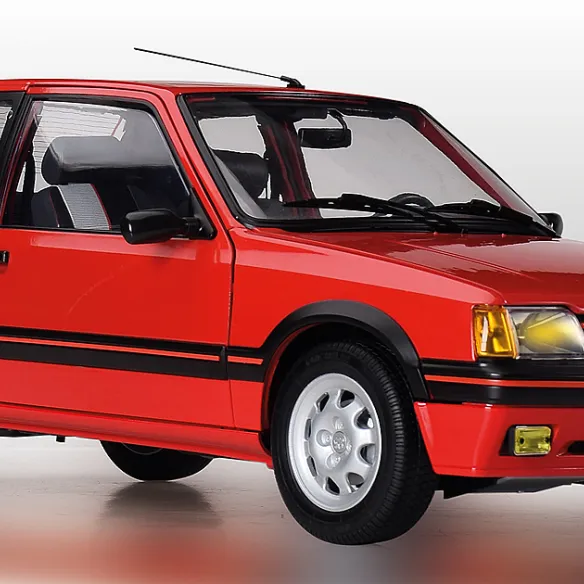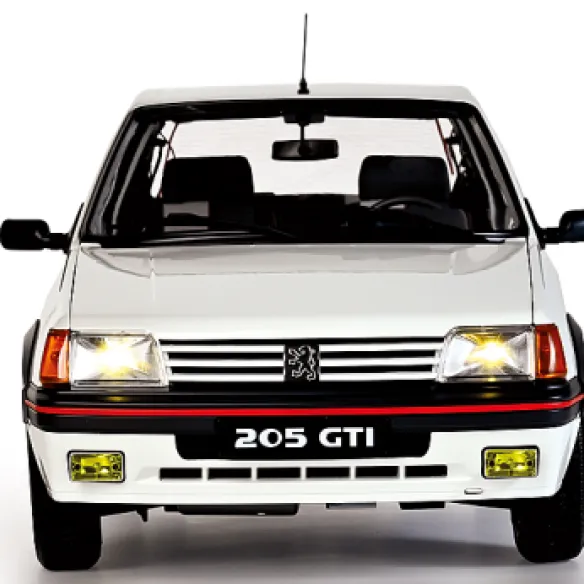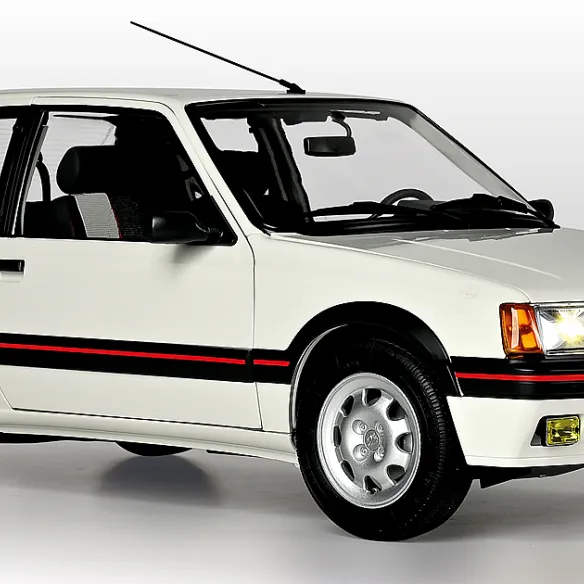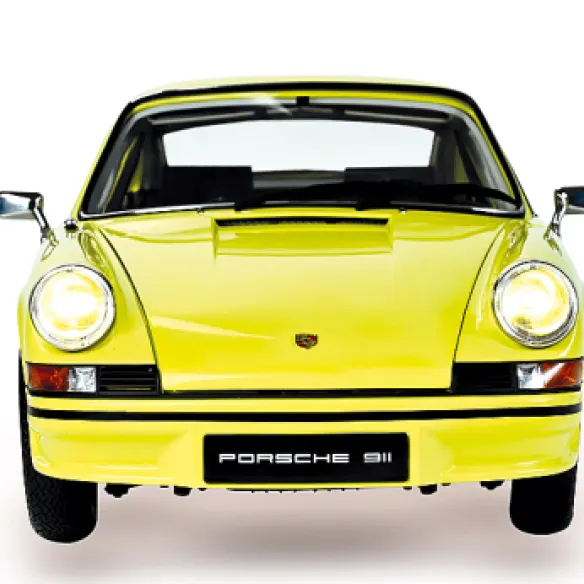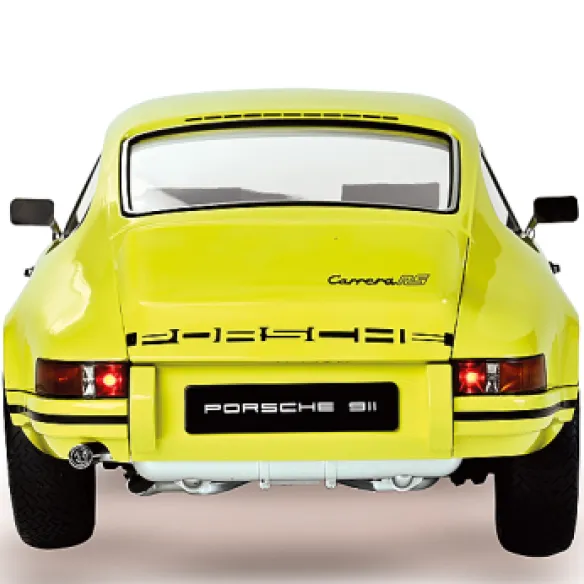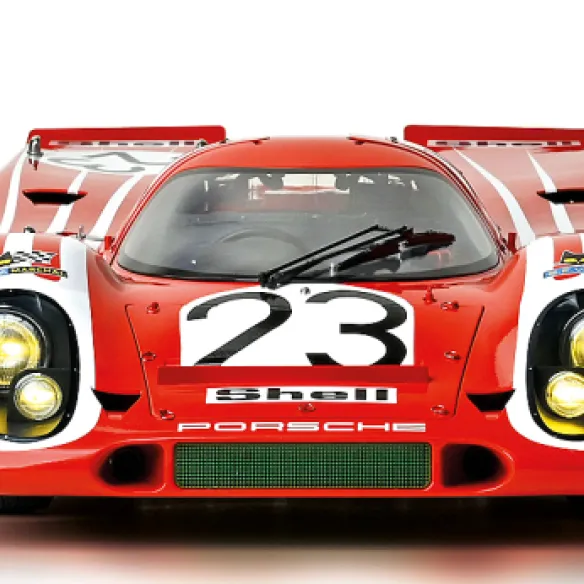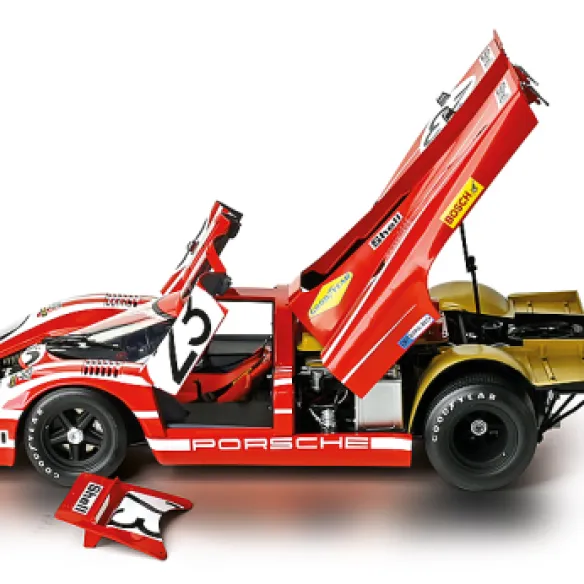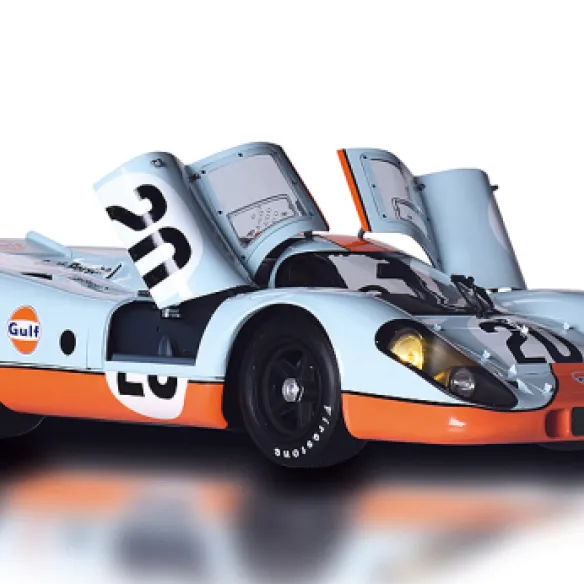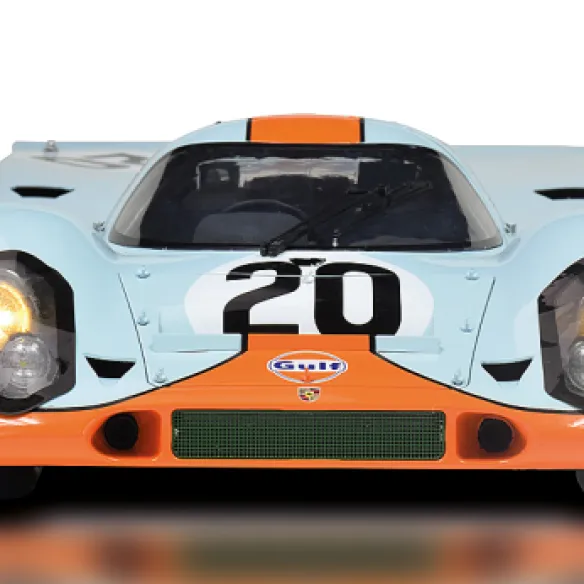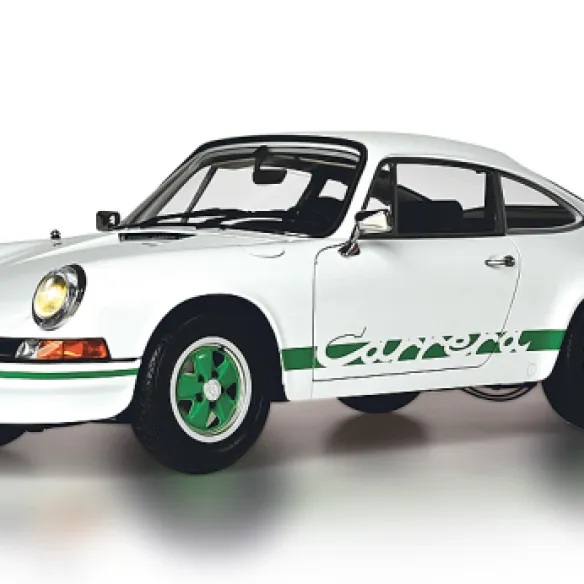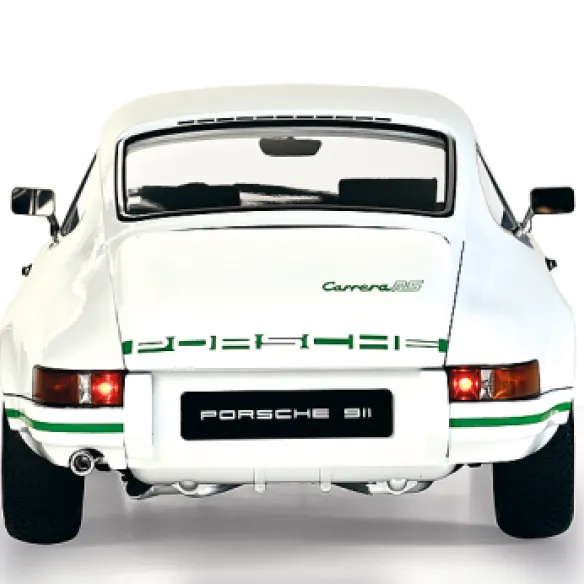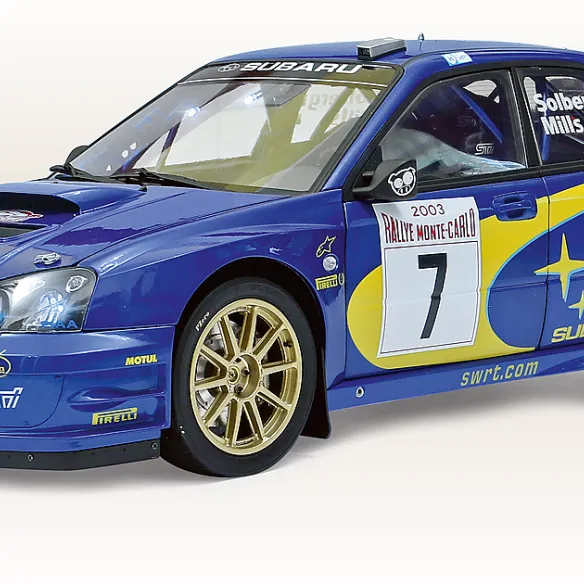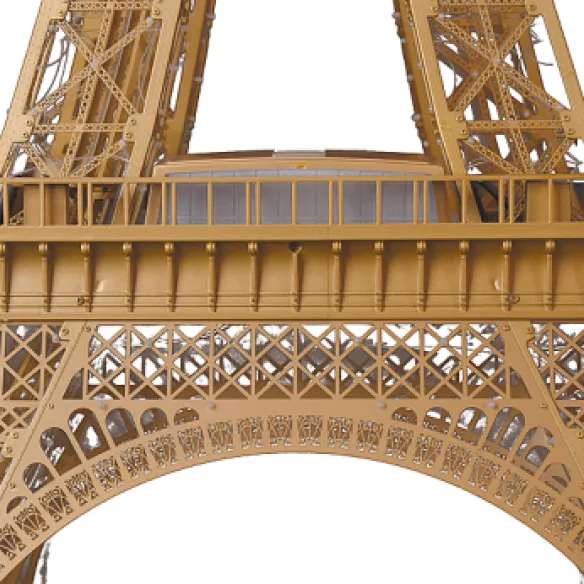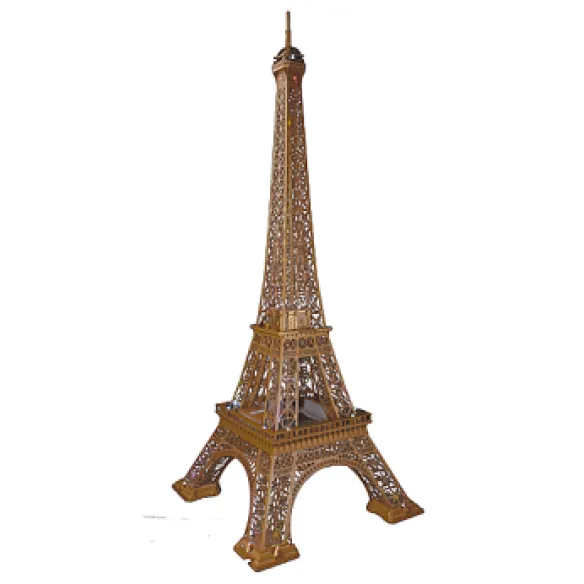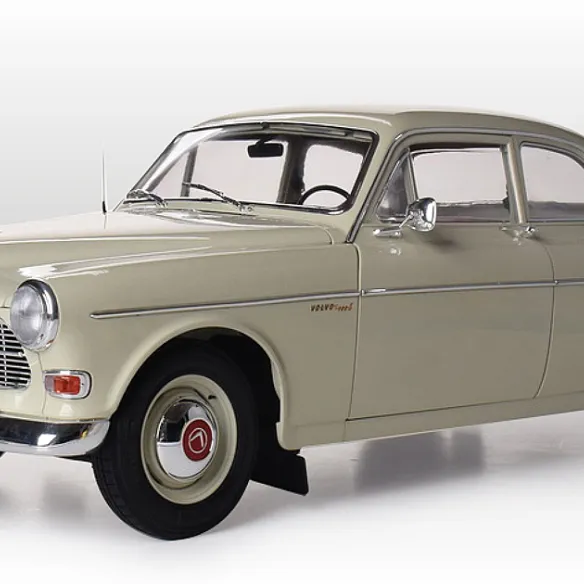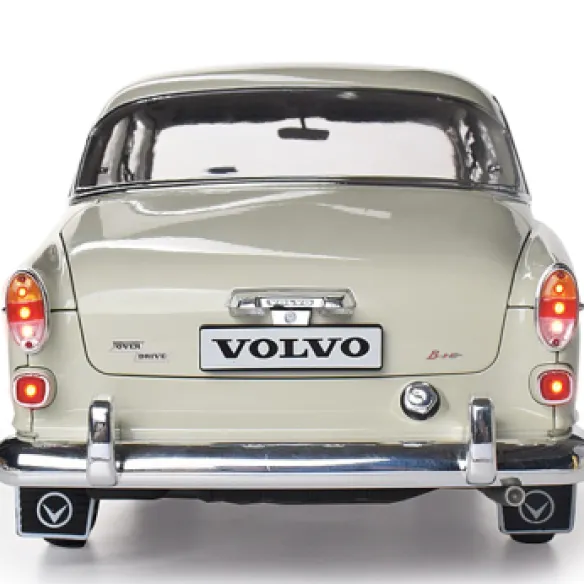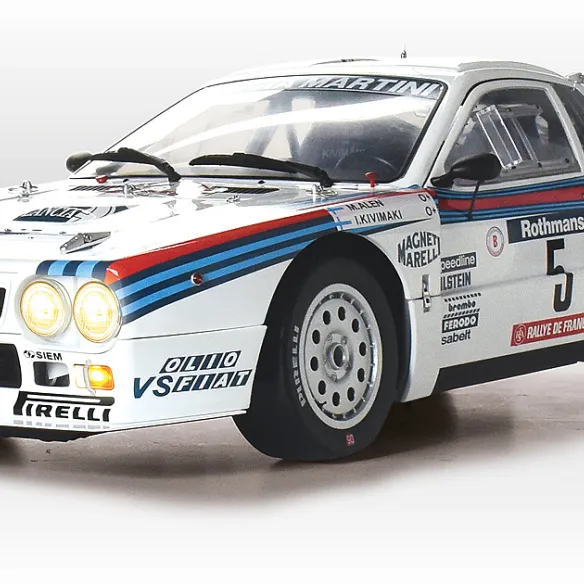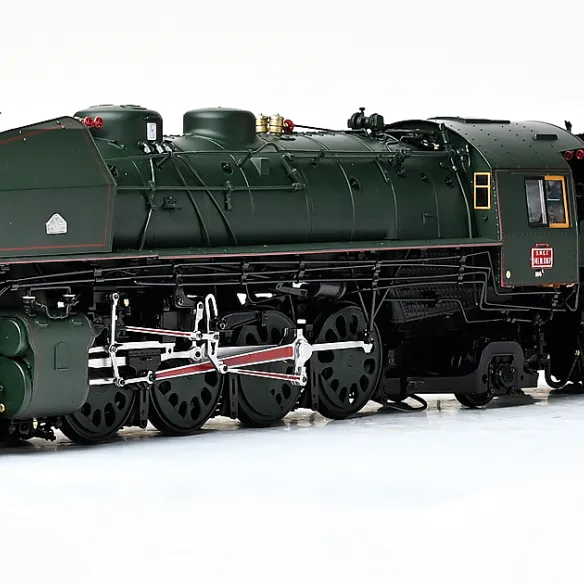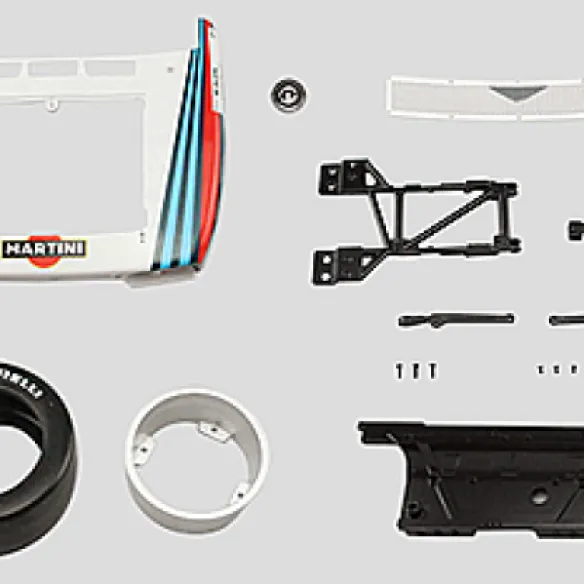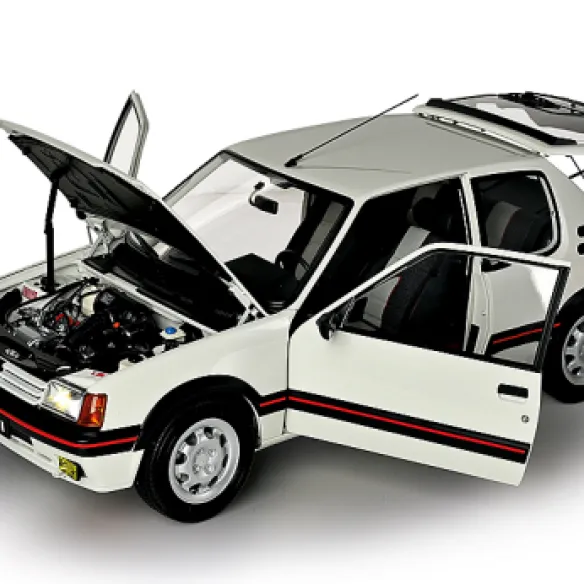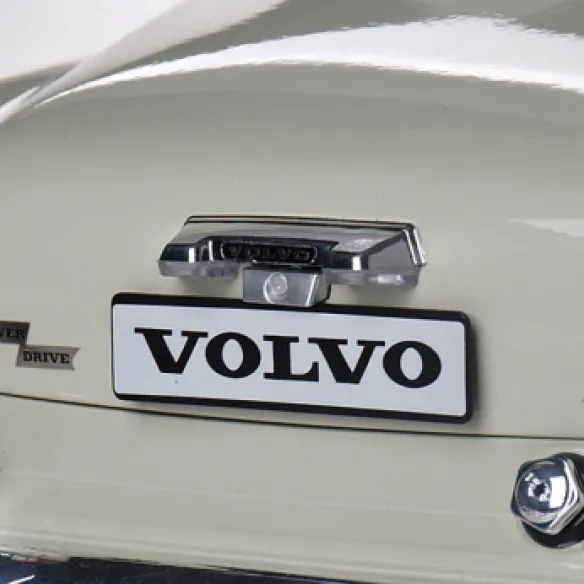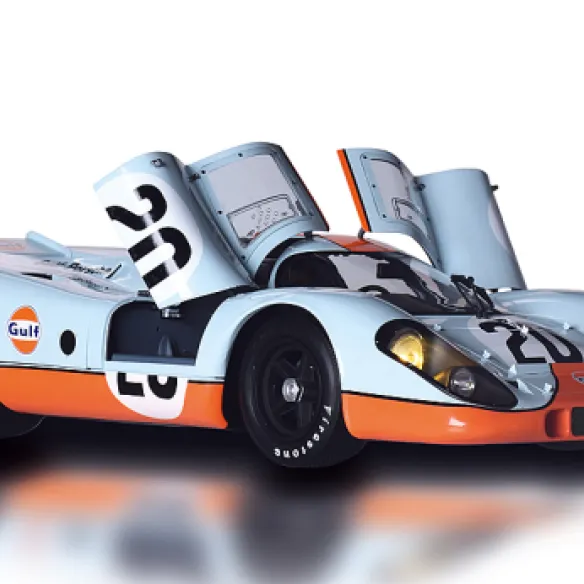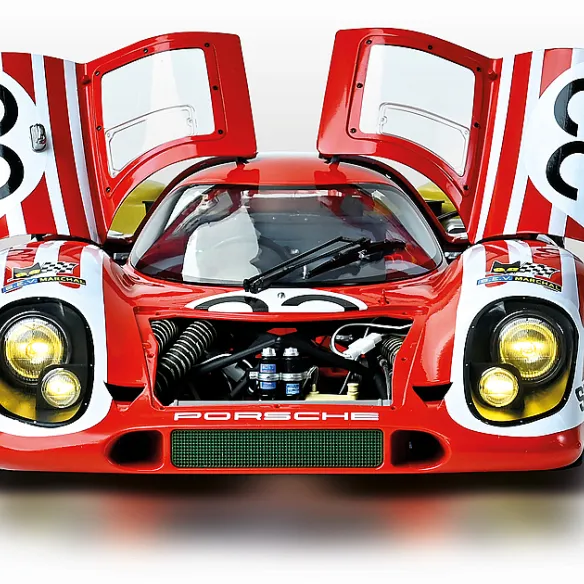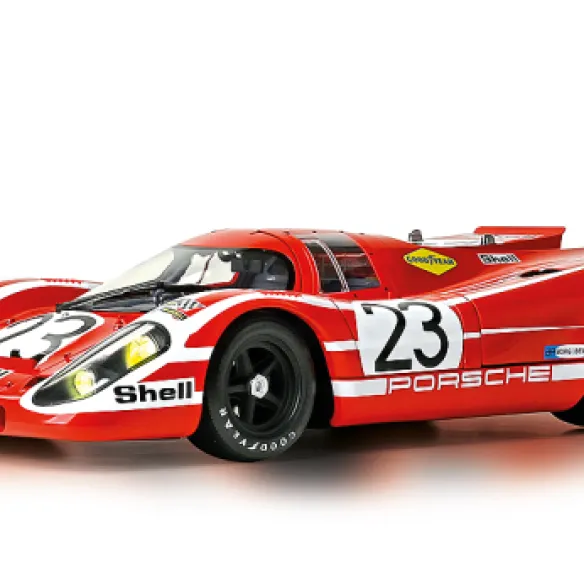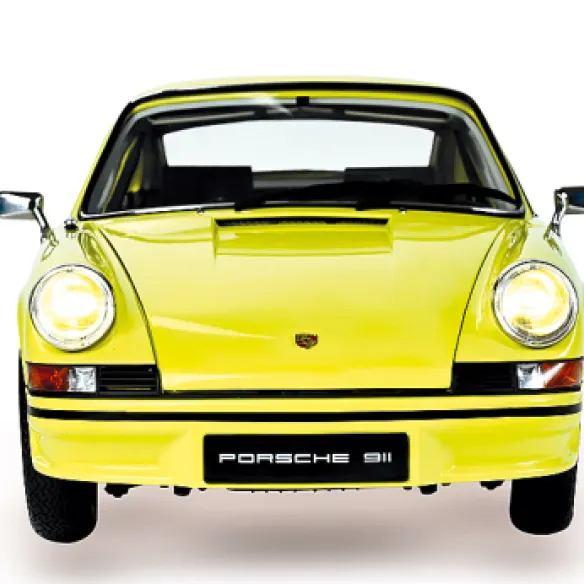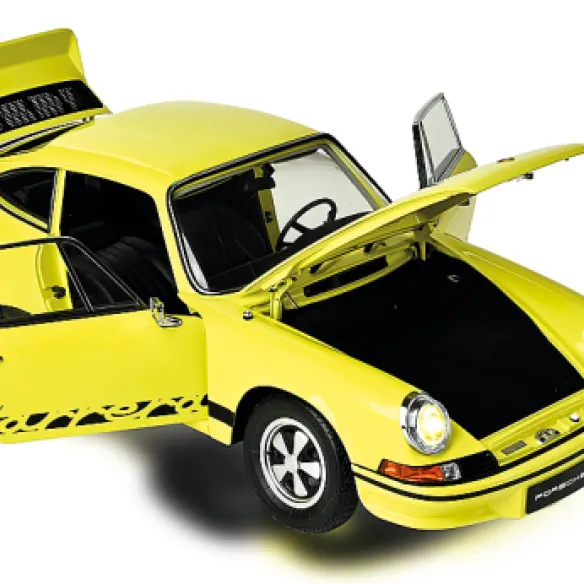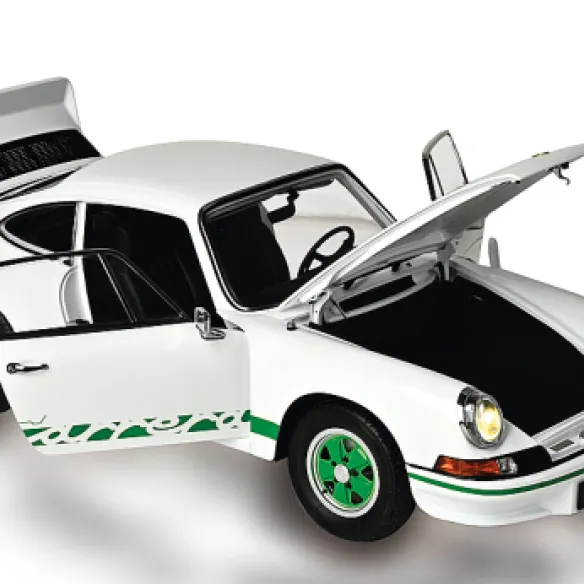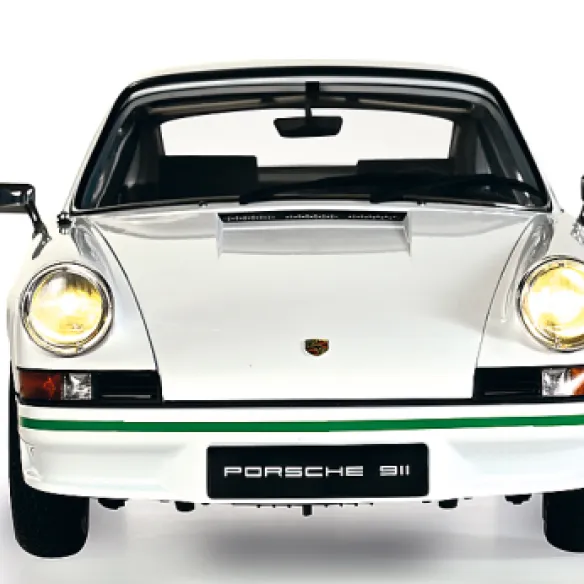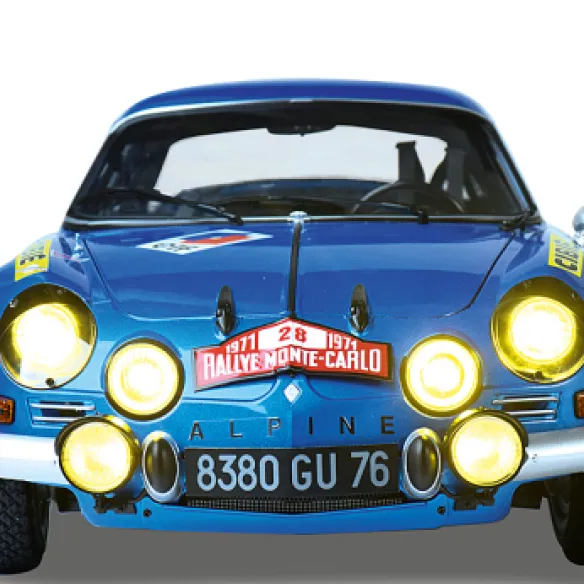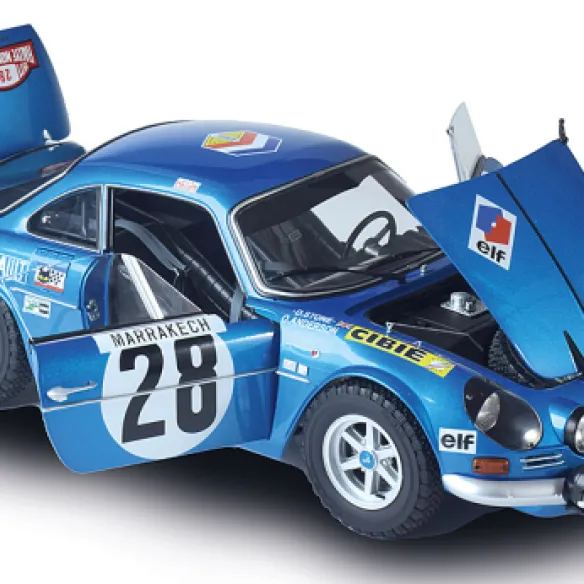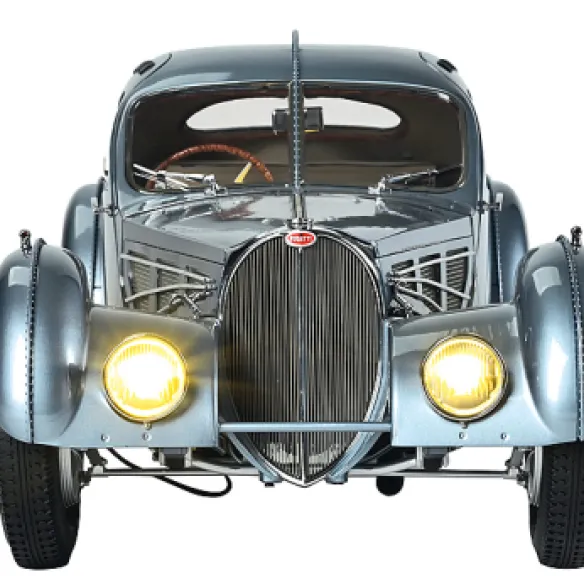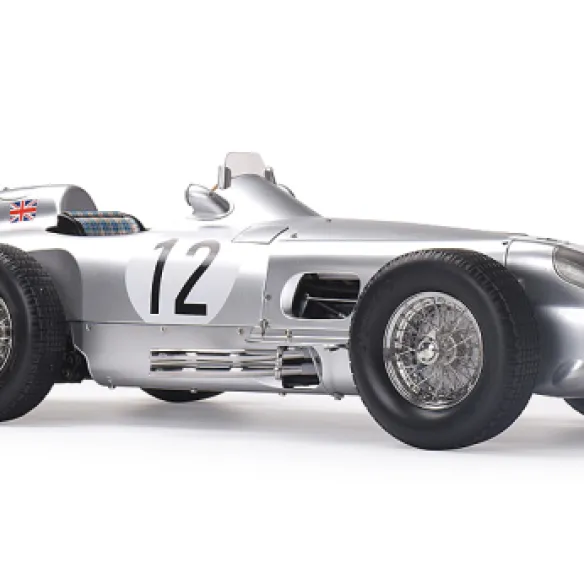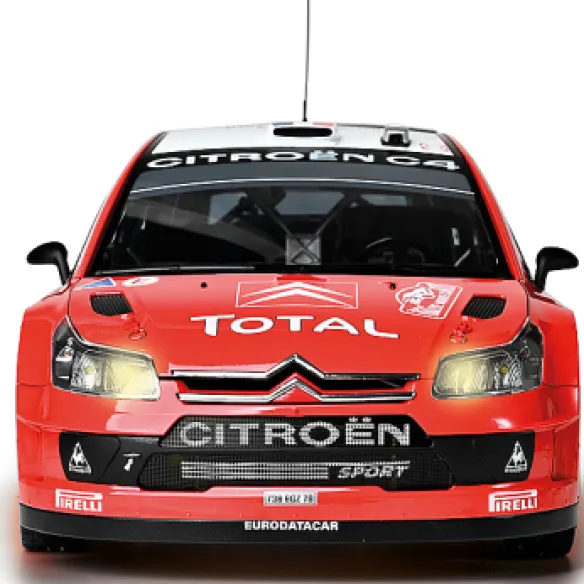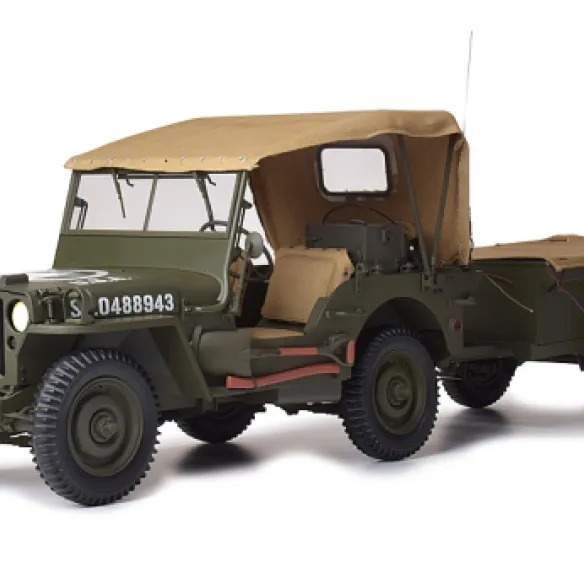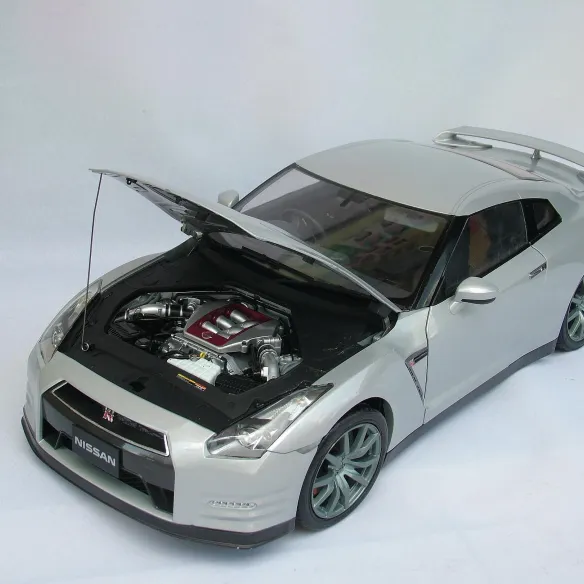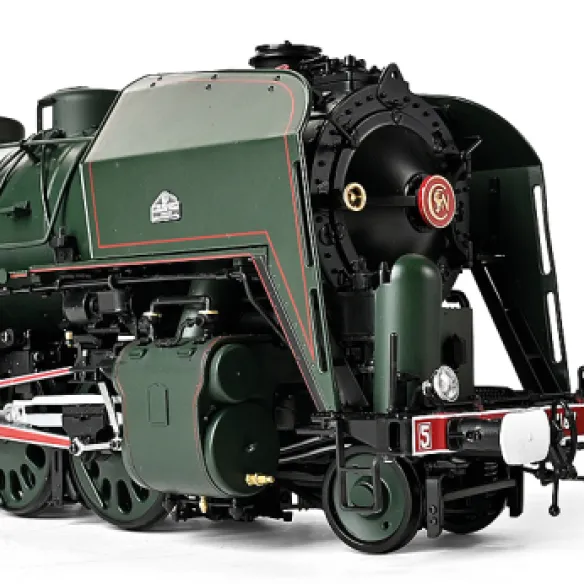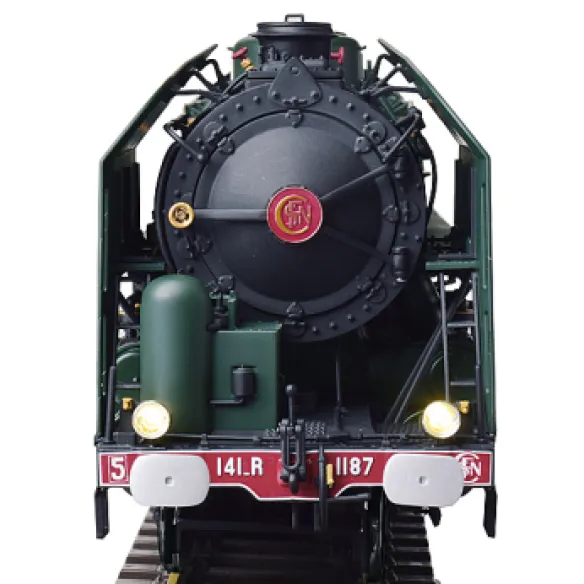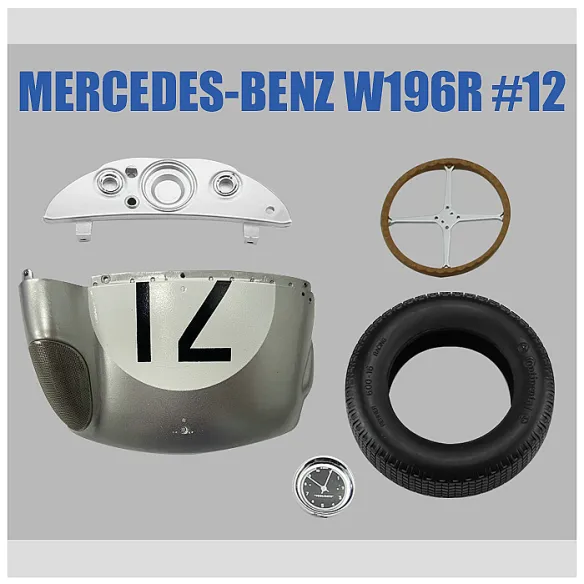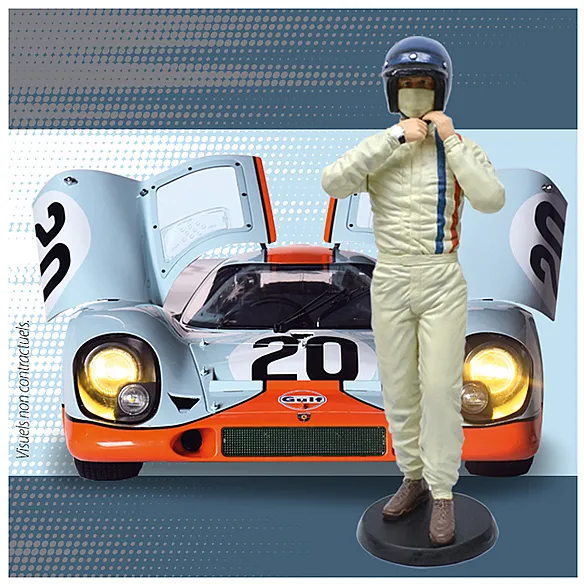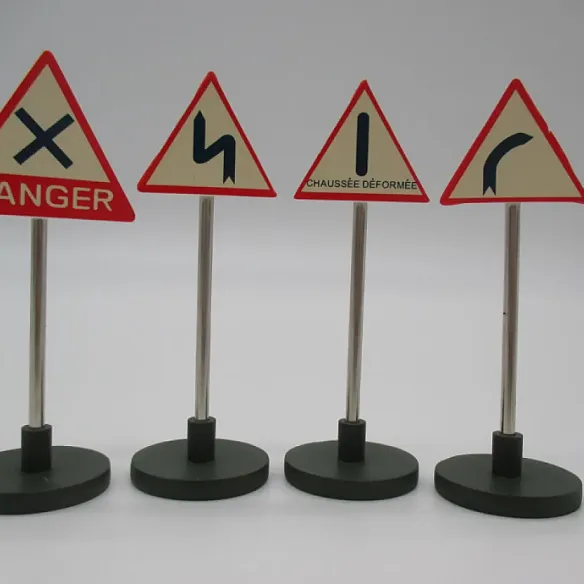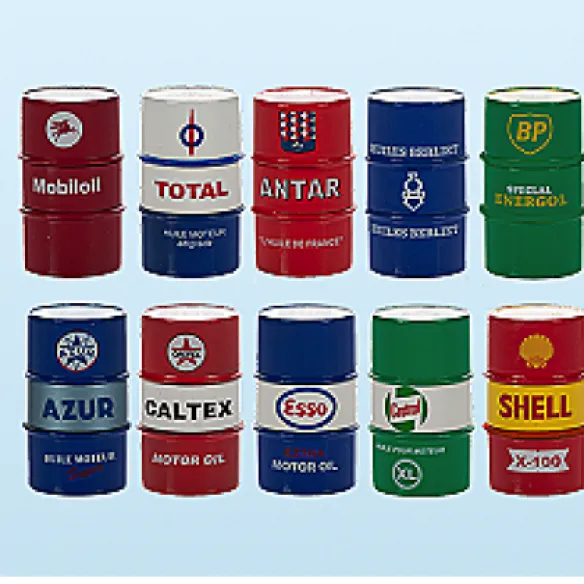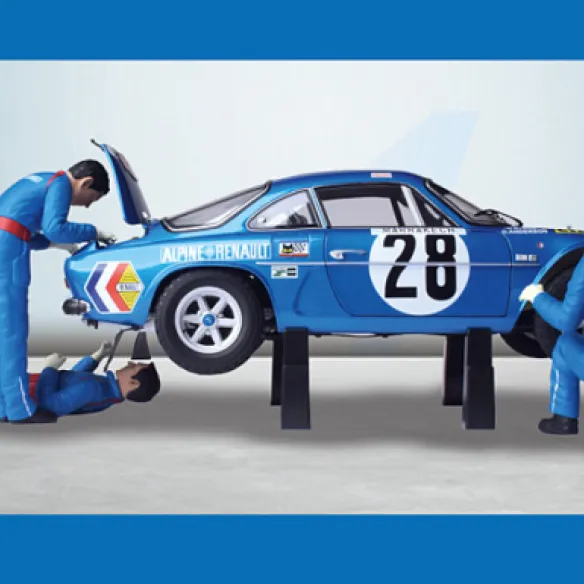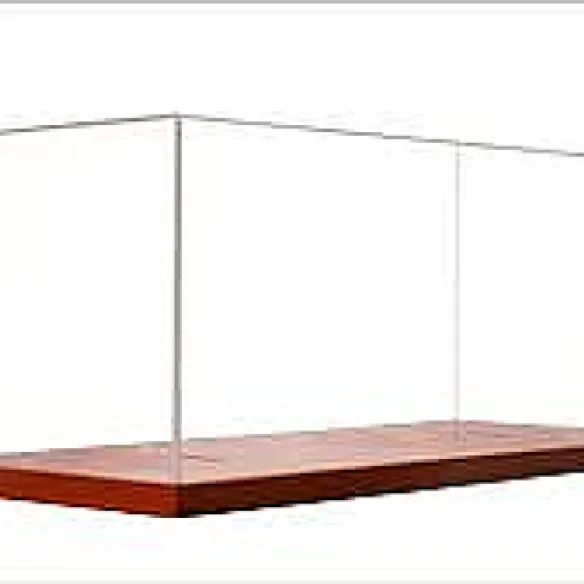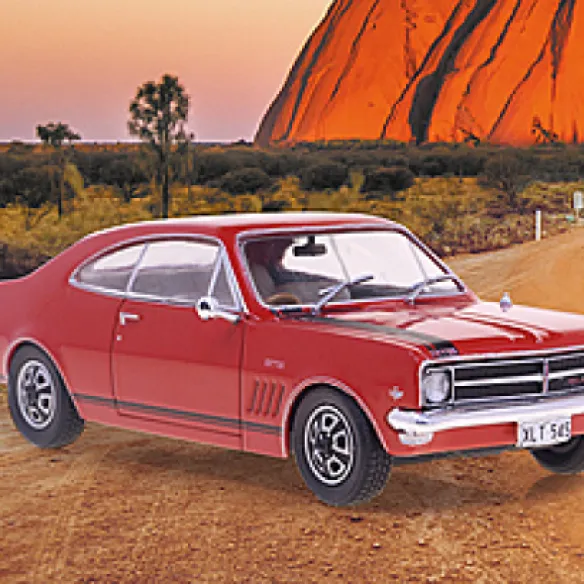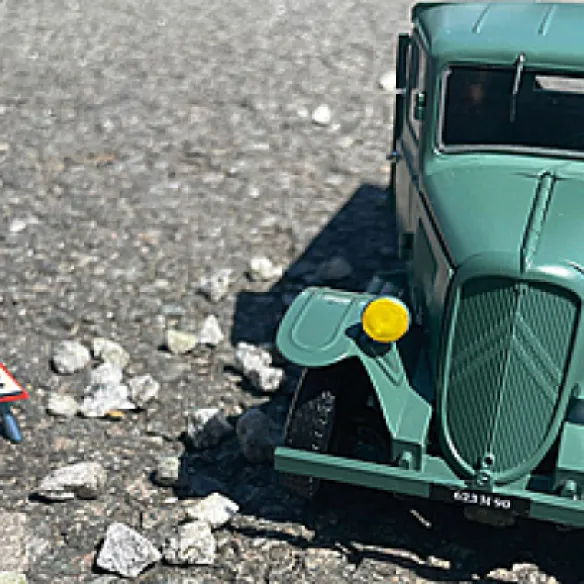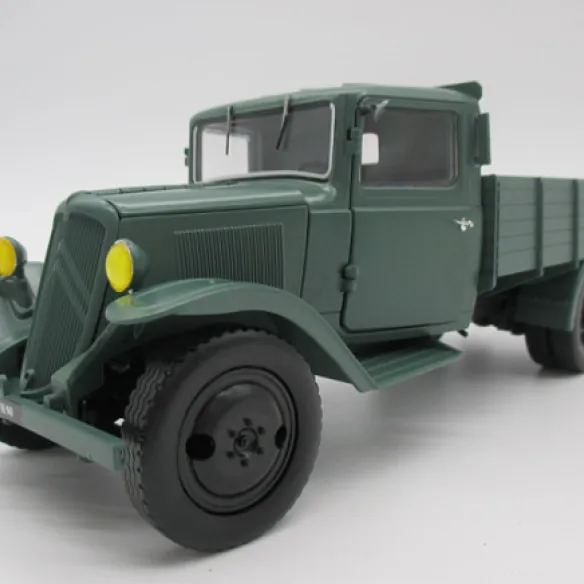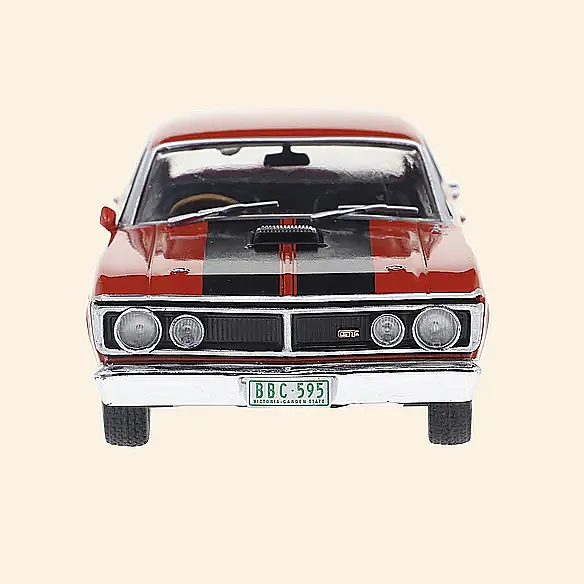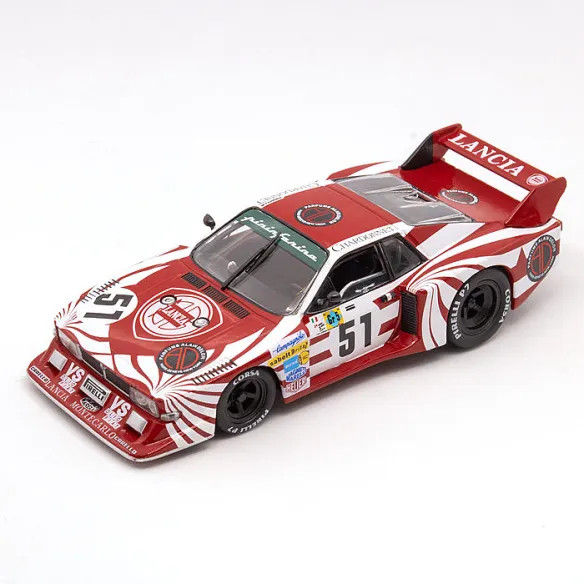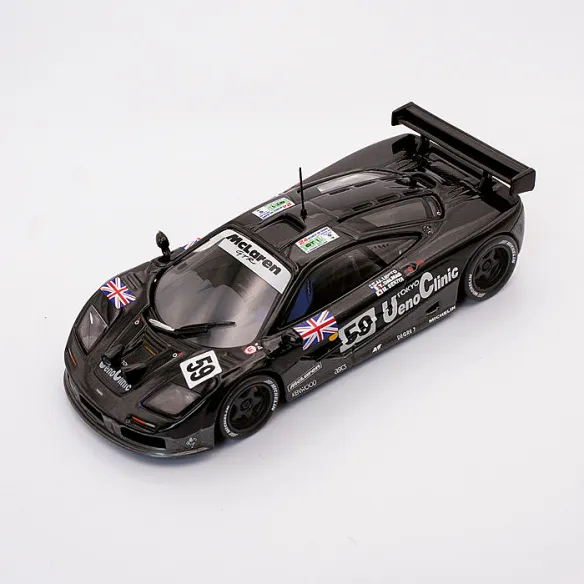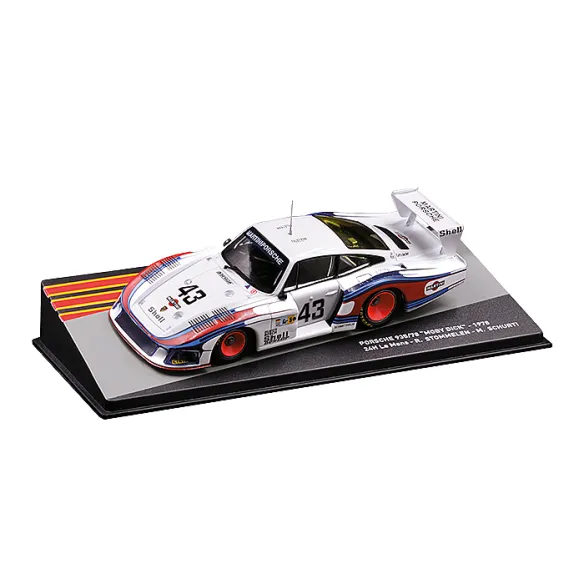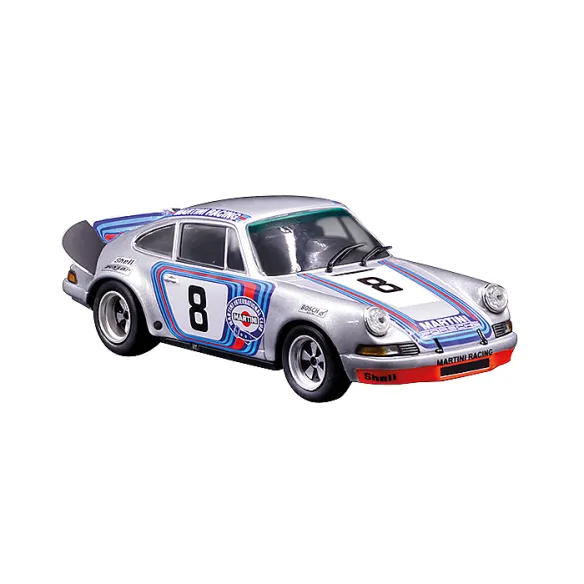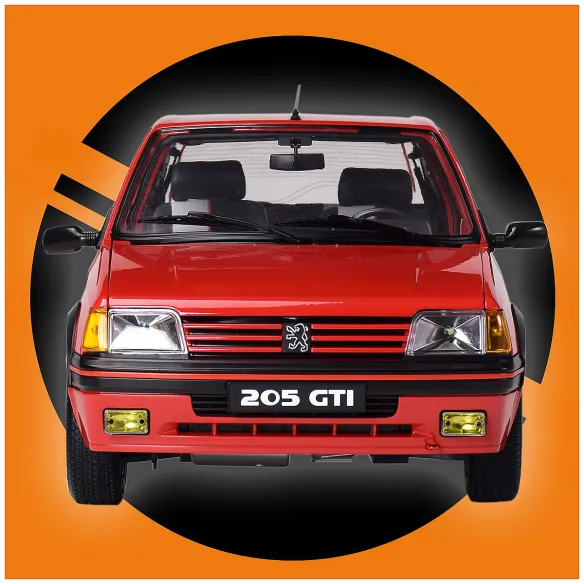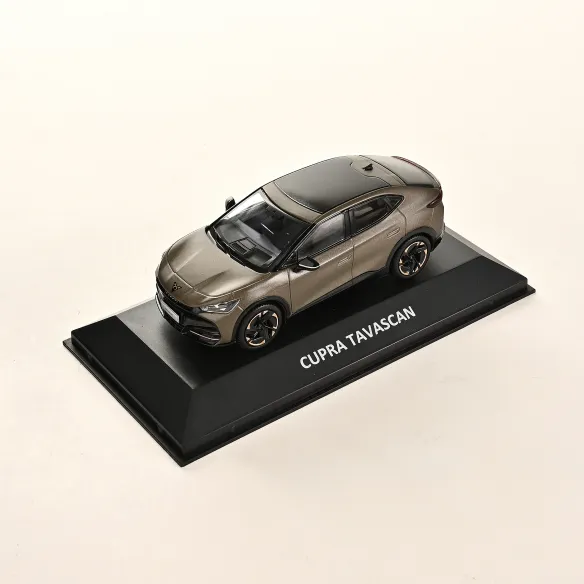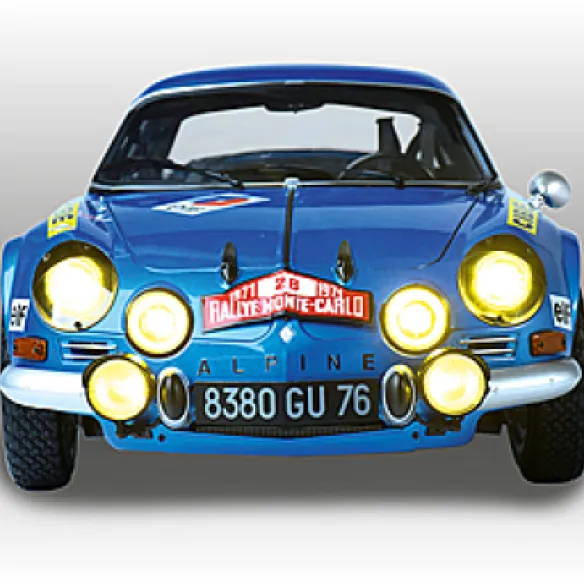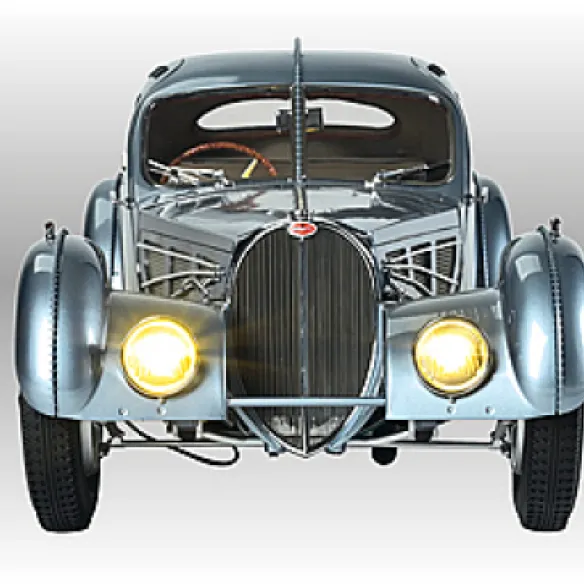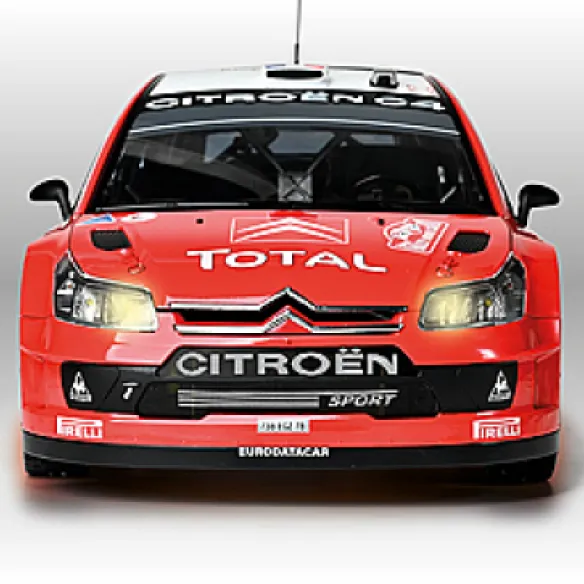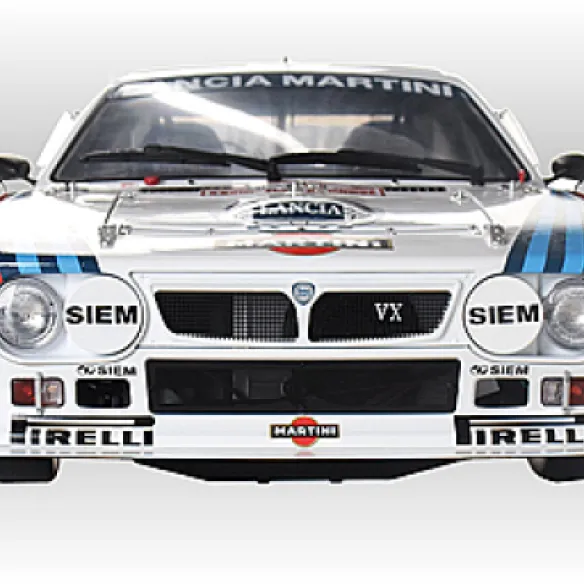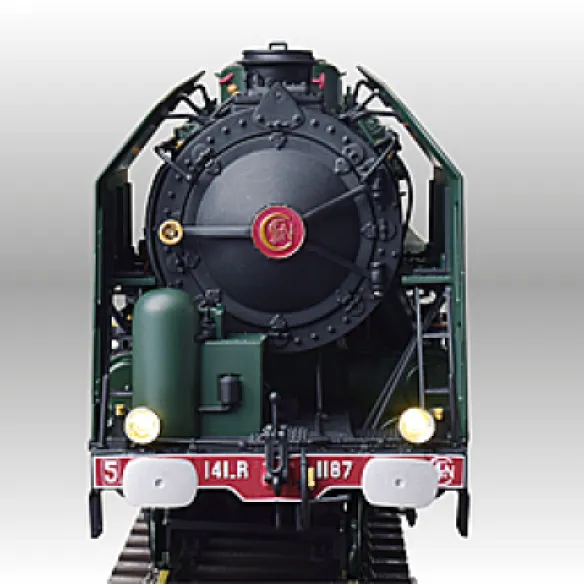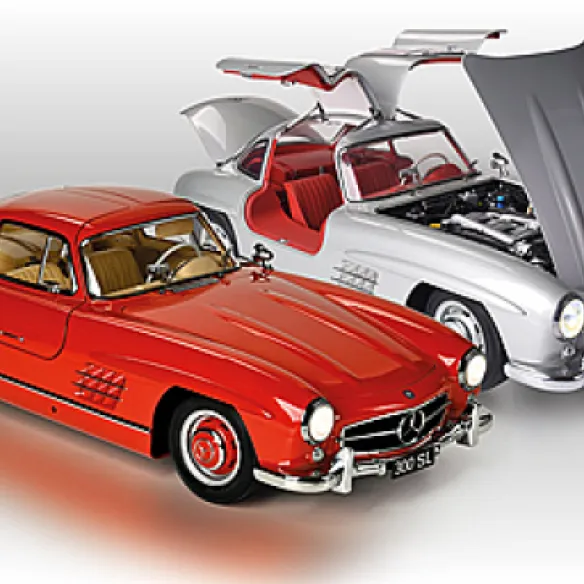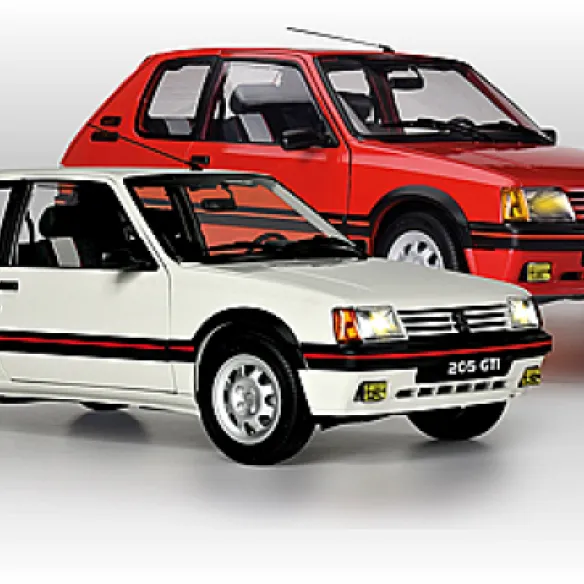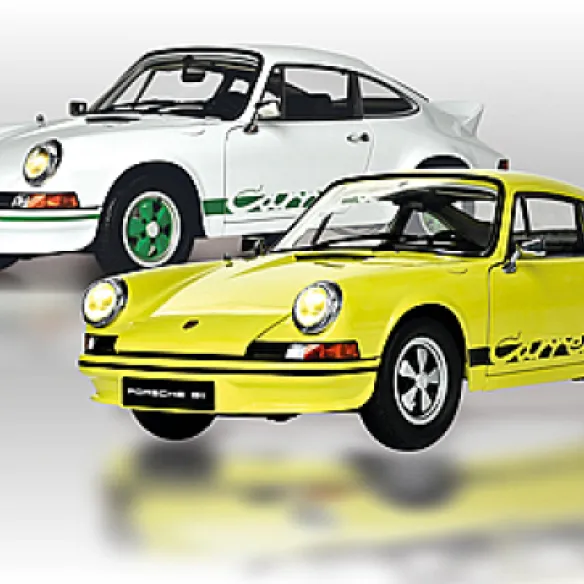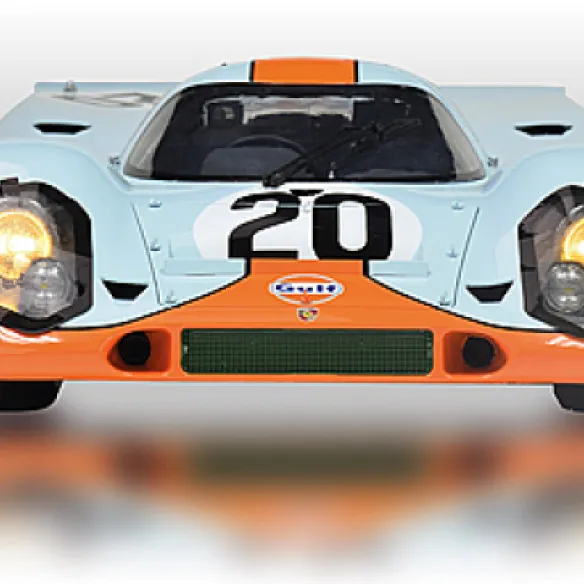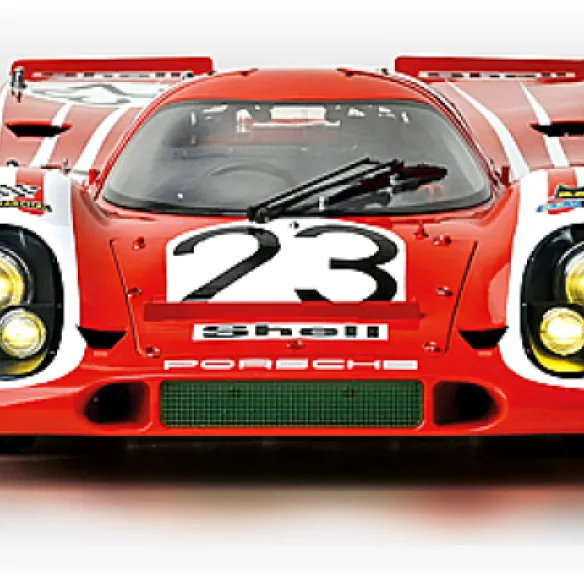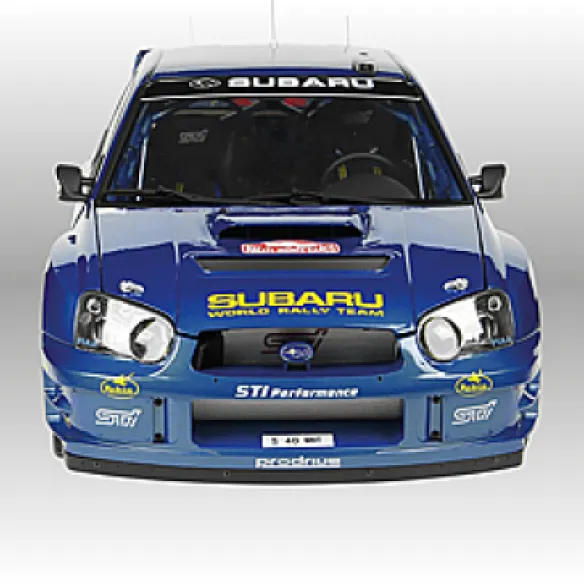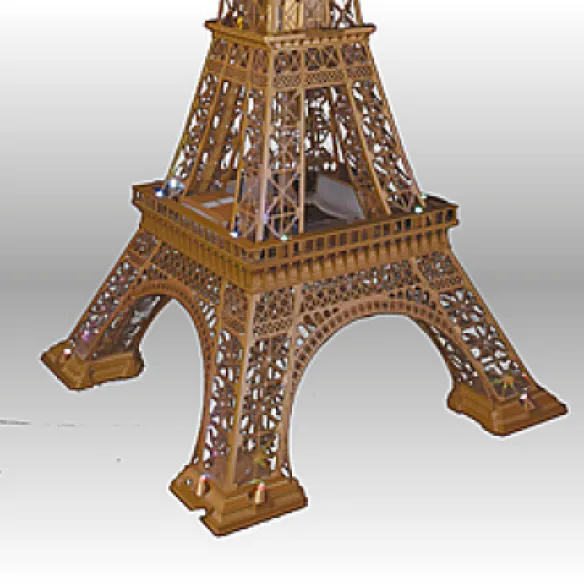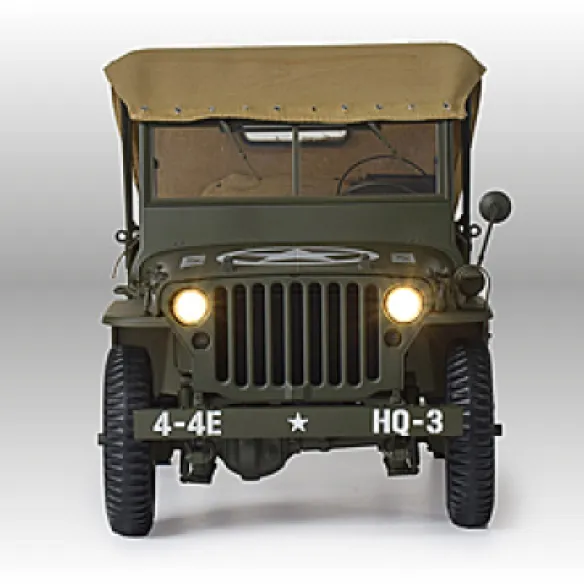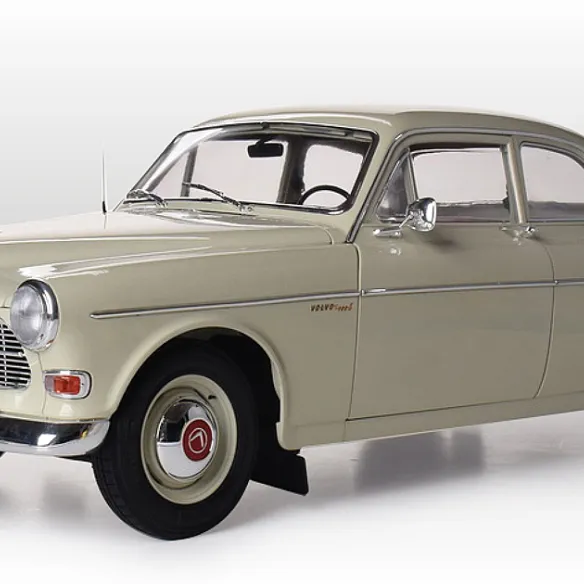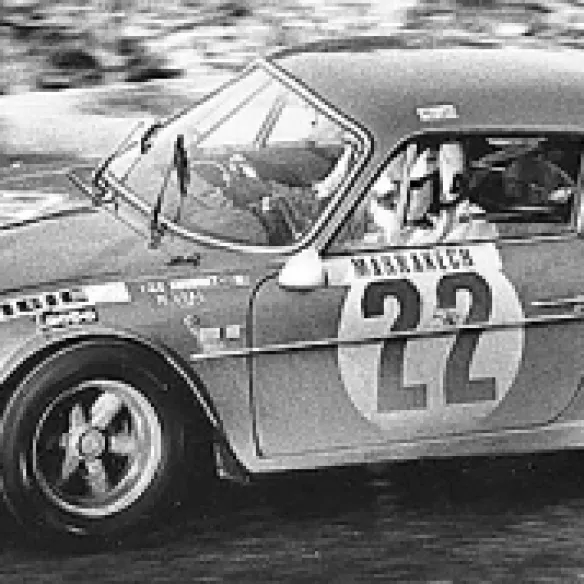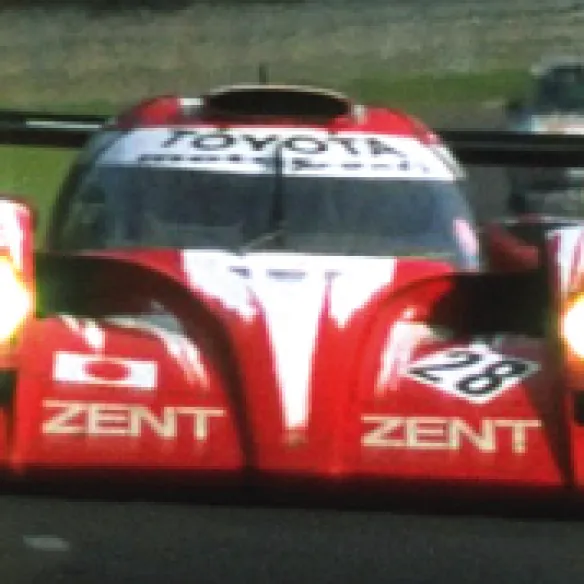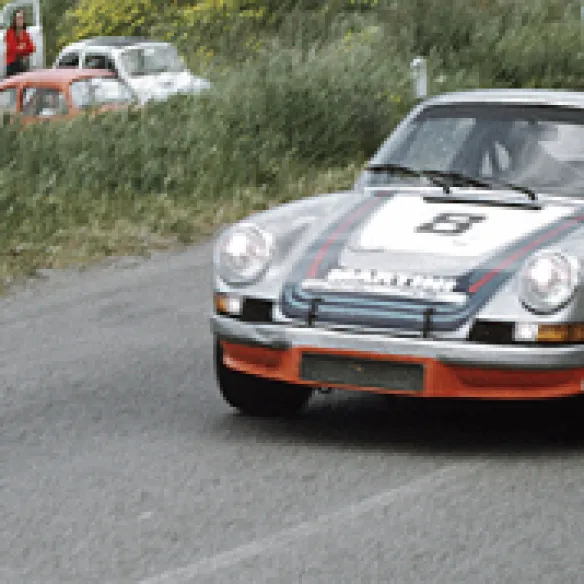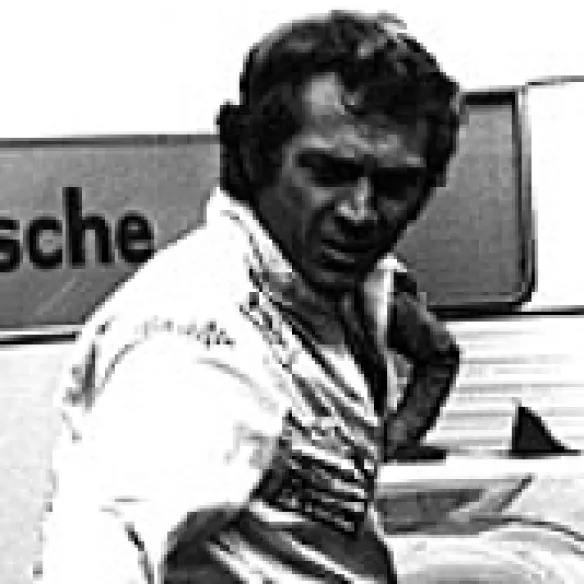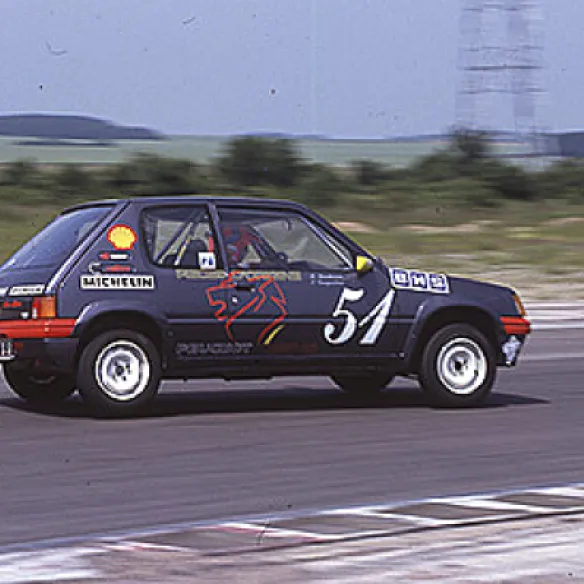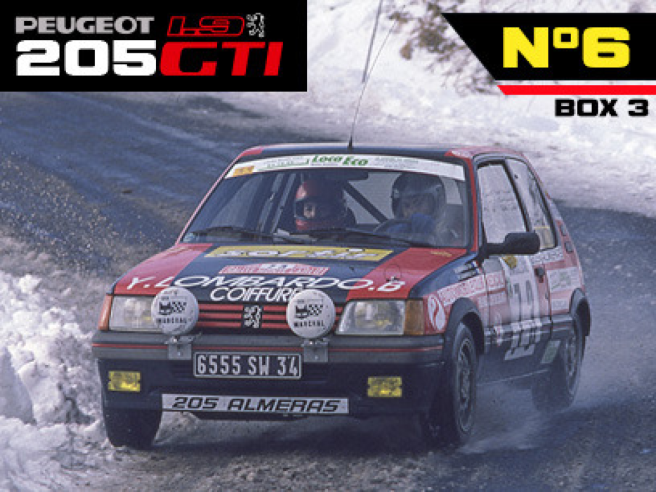
Its exploits in circuit and rally
While a Turbo 16 evolution of the 205 GTI was developed by Peugeot Talbot Sport for Group B and rally-raids, the basic version would give its competitors a hard time. Whether on the circuits in touring races or on the roads and tracks in rallies. For a decade, the 205 GTI was to distinguish itself from the most modest of regional hill climbs to certain events in the World Rally Championship.
As was the case with the Renault 8 Gordini fifteen years earlier, the Peugeot 205 GTI was the small sports car that would leave its mark on a whole generation of drivers in the mid-1980s. At that time, international rallying events were dominated by the monstrous Group B cars, including the Peugeot 205 Turbo 16, which covered itself in glory. A whole generation of young people dreamed of competition, without necessarily having the possibility of taking the plunge, due to a lack of funds. Under the leadership of Peugeot Talbot Sport, the 205 GTI was a great training car for many beginner drivers.
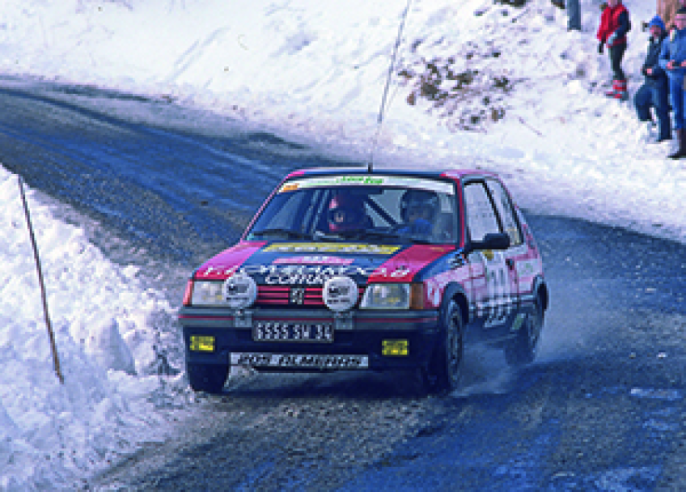
In the 1985 Monte Carlo Rally, no less than ten Peugeot 205 GTI 1.6 were entered, three of which retired, including that of the Henri Cabaniols and Régine Cabaniols team.
© IXO Collections SAS - Tous droits réservés. Crédits photo © Christian Ciquello
With the support of PTS
While Peugeot was making a name for itself at the highest level of competition with its fabulous 205 Turbo 16, which won the World Championship in 1985 and 1986, Jean Todt, who had been in charge of Peugeot-Talbot Sport since October 1981, was at the same time supporting the involvement of the lion brand in more modest categories. The 205 GTI was to be the ideal tool for this approach, bringing the manufacturer closer to its customers thanks to the homologation of this little bomb in Group N and A. For this, PTS is also relying on the Peugeot Dealers and Agents Group (GCPA), which will sponsor drivers, as well as on the numerous PTS Clubs responsible for identifying budding champions. In the same vein, Peugeot's Sports Promotion branch, headed by Jean-Pierre Nicolas, is strengthening the Peugeot Talbot Sport "boutique" which publishes an annual catalogue of approved competition parts sold to the brand's dealers, but also to tuners such as Ruggeri, Almeras or Bouhier, as well as to private drivers directly. This competent and rigorous organisation will enable Peugeot and its 205 GTI to feature prominently in many competitions for many years to come.
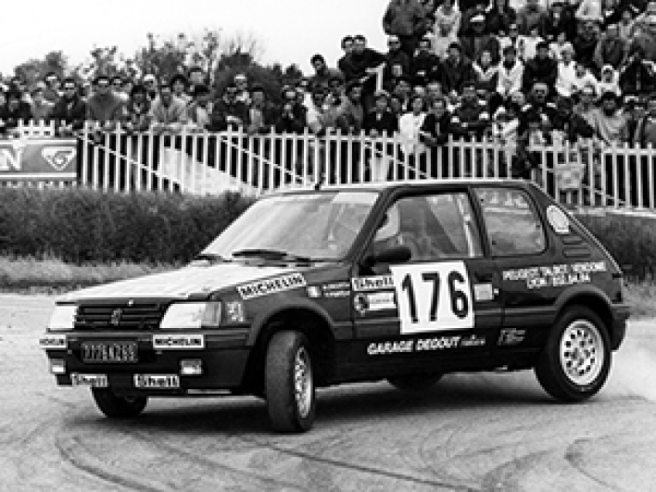
The 205 GTI 1.6 driven by Alain Crozet and his team mate Patrick Pivato at the 1984 La Baule Rally where they finished 25th.
© IXO Collections SAS - Tous droits réservés. Crédits photo © Peugeot Communication
An impressive track record
The number of participations and victories of the 205 GTI in most of the motorsport disciplines is impossible to establish, as this car was lined up in events of all levels and of all kinds: hill-climbing, rally-cross, slaloms, regional rounds or international rallies... The first recorded victory was that of the Crozet-Pivato team in Group N at the Rallye des Garrigues on 31 March 1984. The first success in the World Championship was achieved at the Rally of Portugal in 1985 with the Group N victory of the Germans Ewald Klein and Günther Witzmann (20th overall). The Peugeot 205 GTI's category victories in regional events continued until 1995, which says a lot about the car's ability to hold its own against more recent competitors. In Group A as well as in Group N, the 205 GTI had very few weak points and, in its early days, only the Renault 5 GT Turbo and Renault 11 Turbo seriously overshadowed it in its category.
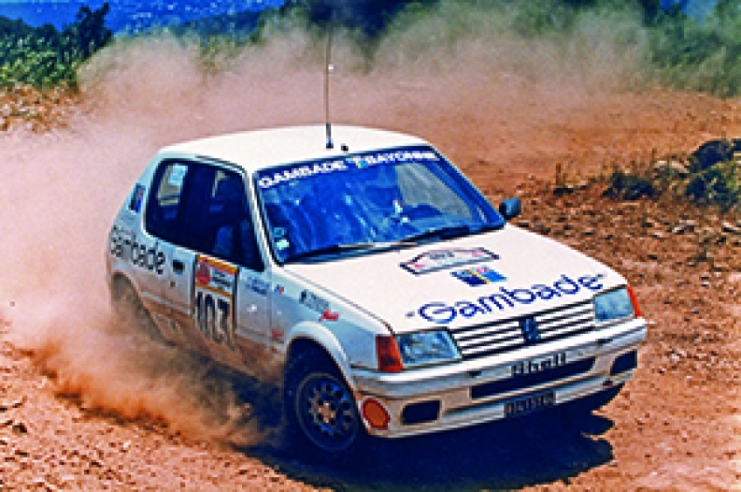
Pierre Jaussaud and Philippe Forgues will retire from the 1988 Acropolis Rally.
© IXO Collections SAS - Tous droits réservés. Crédits photo © Garage Gambade
A specific Cup
Following on from the 104 ZS ESSO PEUGEOT Cup launched in 1980, another competition was created by Peugeot Talbot Sport in 1984. Called the 205 GTI Cup, it was reserved, as its name indicates, for the small sports car of the Sochaux-based brand. This competition was organised by the Peugeot Talbot Sport Club, based in Boulogne, in partnership with the Michelin and Shell companies. The cup was held as part of the rallies on the calendar of the Fédération Française du Sport Automobile (FFSA) and the Fédération Internationale du Sport Automobile (FISA). It included four events on asphalt and four on gravel. Each year, about fifty participants registered for this 205 GTI Cup, which was run until 1988. The only cars accepted had to meet the Group N and A regulations. At each event, the winner received a bonus of 32,500 Francs (Group A) and 27,500 Francs (Group N), while the winner at the end of the season received funding for the following season in the French Rally Championship. The winners of this challenge were (from 1984 to 1987): Jean Louis Riblet, Jean-Sébastien Couloumies, Jacques Dubert, Jean-Marc Ivens and Gérard Pradelle.
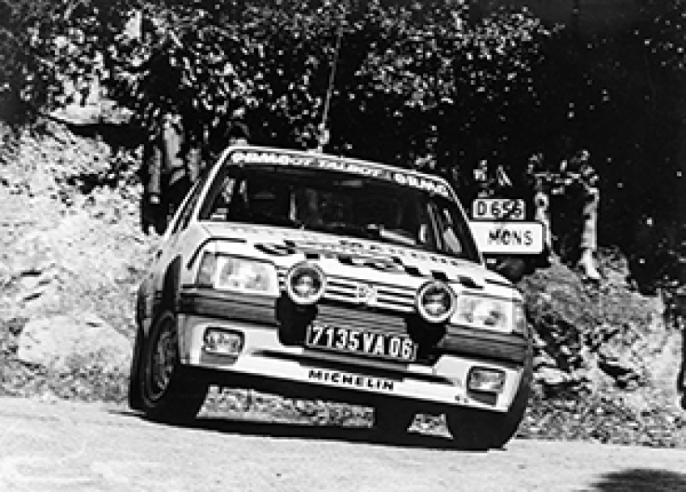
Michel Brunasso and Matos De Faria at the 1985 Critérium Alpin-Behra European Championship (ranked 16th).
© IXO Collections SAS - Tous droits réservés. Crédits photo © Peugeot Communication
Delecour's debut
The driver François Delecour is the perfect example of the budding rallyman who made his debut at the wheel of the 205 GTI. This great figure of rallying, who won four rounds of the World Championship (ranked 2nd in 1993), raced with this car for a long time, together with his navigator Anne-Chantal Pauwels. After a difficult start with a Talbot Samba Rallye, he took part in the French Rally Championship in the 2nd Division in 1985, then in the French Rally Championship in 1986 and 1987, as well as in several races in the European Championship and the World Championship (2nd in Group N2 at the 1987 Monte Carlo). His fine performances earned him the title of official driver for the Peugeot Dealers and Agents Group the following year, which launched his international career.
Entered in Groups A and N
During its long career in competition, the Peugeot 205 TI was mainly entered in Group A and Group N, which corresponded to categories of racing cars introduced by the Fédération Internationale de l'Automobile (FIA) from 1982. Group A, which was quite expensive due to its extensive preparation, included modified touring cars whose basic model had to be built in at least 2,500 units per year. Mechanical and chassis modifications were subject to FIA homologation for each new component used in racing. Group N was chosen by less wealthy drivers. This category included high production touring cars with limited modifications to the production model. The 205 GTI entered the N3 class with a displacement ranging from 1,600 to 2,000 cm3.
Recent articles
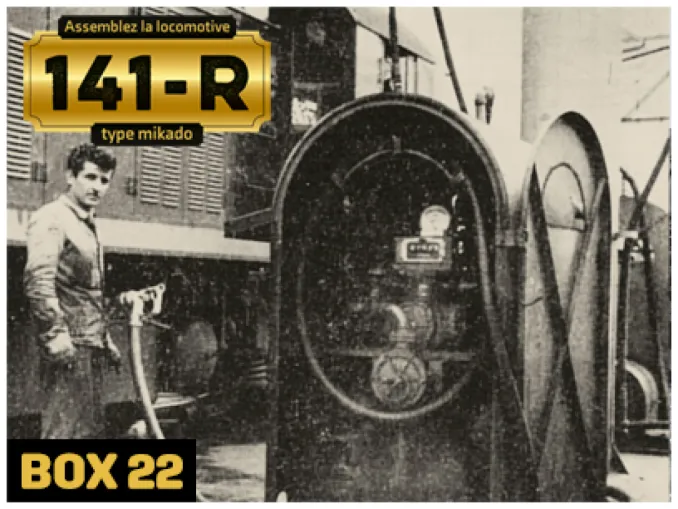
24/06/2025
The 141-R, late queens of petrol
With the 141-R, the reign of coal in France suddenly declined.
Read more
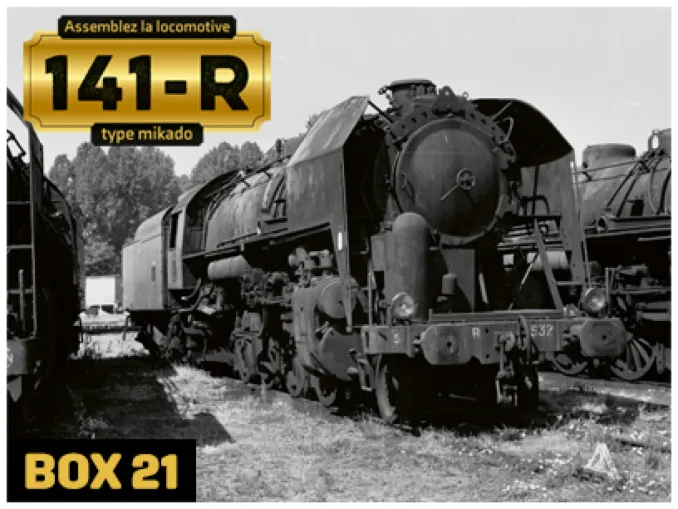
24/06/2025
The 141-R, the arrival of the second tranche
The 141-R-701 to 1340 locomotives make up the second tranche, delivered from 15 August 1946, while those in the first tranche are still being delivered.
Read more
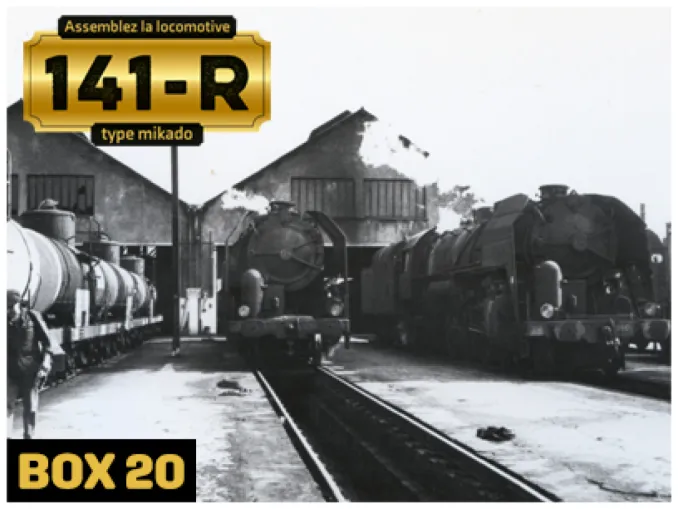
24/06/2025
THE 141-R CHANGED THE ROLE OF STAFF
These powerful, robust locomotives, imported from the United States after the Second World War, radically transformed the role of the staff at SNCF depots in terms of rail transport in France.
Read more


 English
English français
français Deutsch
Deutsch español
español italiano
italiano português
português